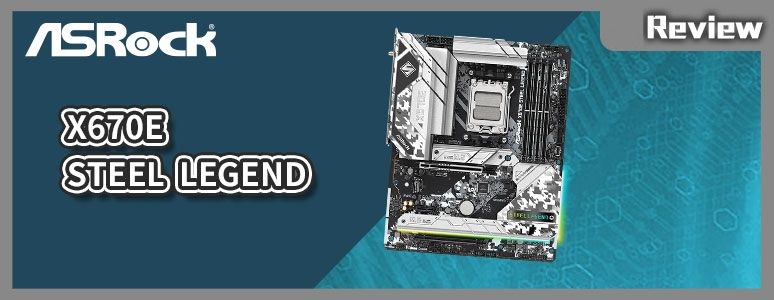
The AMD Ryzen 7000 series has updated its architecture in addition to the processor, and the motherboard has also been updated together. The AM4 pins that have been used for five years have finally been reformed. Today, I bring you the X670E Steel Legend with 16+2+1 Phase power supply, support the latest PCIe 5.0 graphics card and SSD slot, storage expansion has a total of four M.2 SSD, four SATA mounting positions, four-slot memory slot can expand up to 128GB DDR5 6600+(OC) Mhz, The price is NT$10,950 and belongs to the mainstream positioning.
ASRock X670E Steel Legend Motherboard Specifications:
Dimensions: ATX 30.5 x 24.4cm, 8-layer 2oz copper PCB
Processor Support: AMD Ryzen 7000
Processor Pin: AM5
CPU Power Phase: 16+2+1 Phase 60A SPS
Chipset: AMD X670E
BIOS: AMI UEFI Legal BIOS
Memory: 4 x DDR5 DIMM, max capacity 128GB, DDR5 non-ECC 6600+(OC) MHz
Memory Certification: EXPO, XMP
Display Output: HDMI 2.1, DP 1.4
Expansion Slot: 1x PCIe 5.0 x16, 1x PCIe 3.0 x16 (support x4 mode), 1x PCIe 3.0 x1
Storage slot: 4x SATA 6Gb/s, Blazing M2_1 2280 PCIe 5.0 x4, Hyper M2_2 2280 PCIe 4.0 x4, Hyper M2_3 2280 PCIe 4.0 x4, Hyper M2_4 2280 PCIe 4.0 x4
Network: Dragon RTL8125BG (2.5Gb), Realtek RTL8111 (1Gb)
Wireless: 802.11ax Wi-Fi 6E 2×2, BT 5.2
Audio: Realtek ALC1220 7.1ch, Nahimic Audio
USB Port: 1 x USB 3.2 Gen 2×2 Type C (Front I/O expansion), 1 x USB 3.2 Gen 2 Type-C, 1 x USB 3.2 Gen 2 Type-A, 2 USB 3.2 Gen 1 (supports 4 front USB 3.2 Gen 1 ports), 6 x USB 3.2 Gen 1 , 2 x USB 2.0 (supports 4 front USB 2.0 ports), 4 x USB 2.0
RGB: 3 x ARGB 5v-3pin, 1 x RGB 12v-4pin
FAN: 1 x 4-pin CPU Fan (1A-12W), 1 x 4-pin CPU/PUMP(2A-24W), 4 x 4-pin Chassis/PUMP (2A-24W, auto-detect PWM, DC power supply mode)
ASRock X670E Steel Legend out of the box / 16+2+1 phase power supply, The snow-white camouflage cooling armor
Steel Legend has always been in the ASRock series and is positioned as a mainstream model series, and the same is true for the X670E Steel Legend, which is priced at NT$10,950, which is a relatively average price in the X670E.
X670E Steel Legend has 16+2+1 phase 60A SPS power supply, supports the latest DDR5 memory four slots that can be expanded to a maximum capacity of 128GB, and AMD EXPO memory one-key overclocking technology, PCIe 5.0×16 graphics card slot, a M.2 SSD PCIe Gen5x4 and three M.2 SSD PCIe Gen4x4 expansion mounts, two wired LAN ports (2.5Gb+1Gb), and Wifi 6E Bluetooth wireless network module, for professional content creators and gaming For players, the expansion of the entire motherboard is very sufficient.
The motherboard itself uses an eight-layer PCB, with a 2oz copper inner layer to stabilize the signal and the temperature during use, thereby improving the integrity of signal transmission and memory overclocking potential, and is matched with the traditional snow camouflage color matching of the Steel Legend series for heat dissipation The armor ensures that the power supply of the motherboard has a stable heat dissipation.
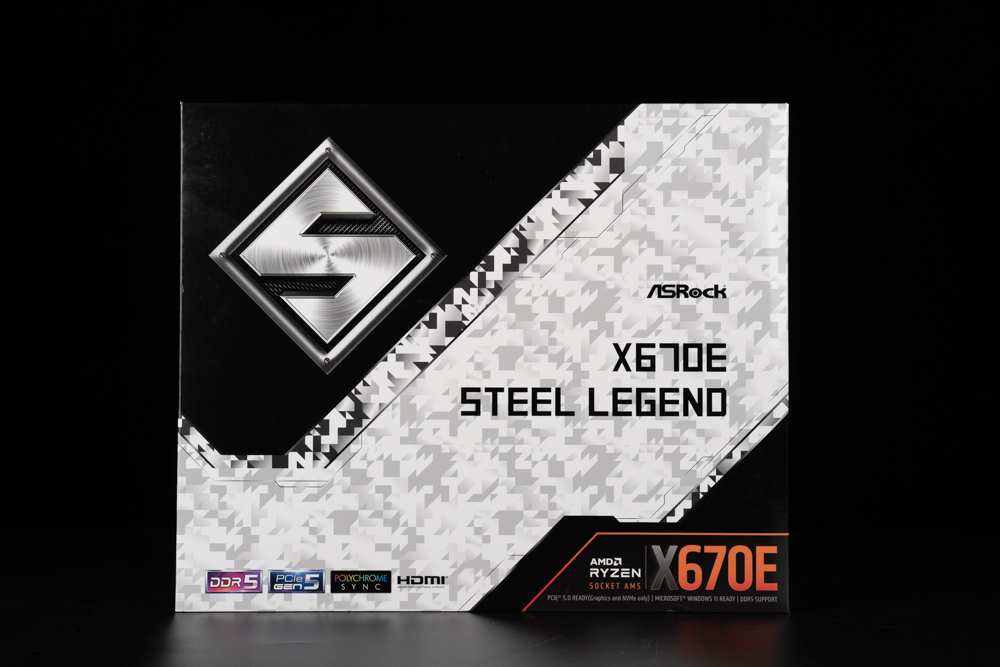
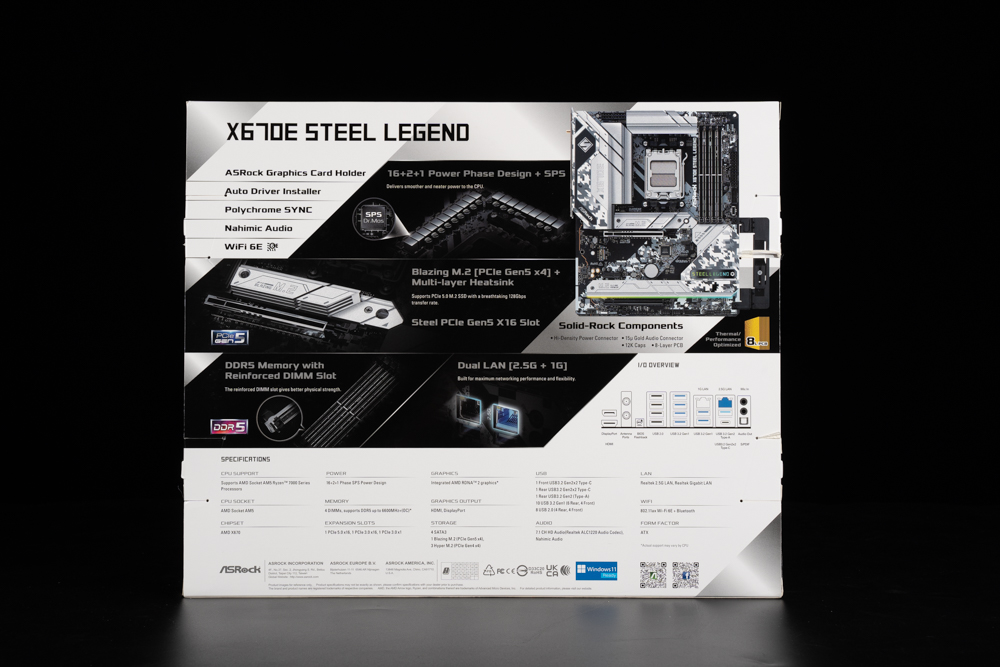
The X670E Steel Legend is positioned as the mainstream among ASRock X670E motherboards. The size is an ATX size (30.5 x 24.4cm) with sufficient expansion. It continues the design language of the previous Steel Legend series. The cooling armour is painted with snow camouflage. , has a snow special forces style.
The heat dissipation armour is configured on the motherboard’s VRM 16+2+1 phase power supply, PCIe Gen5 M2_1, PCIe Gen4 M2_3, PCIe Gen4 M2_4, and PCH chips. The aluminium alloy passive heat dissipation armour can further ensure that when the motherboard is operating, each performance and life of the block will not be degraded due to the influence of temperature.
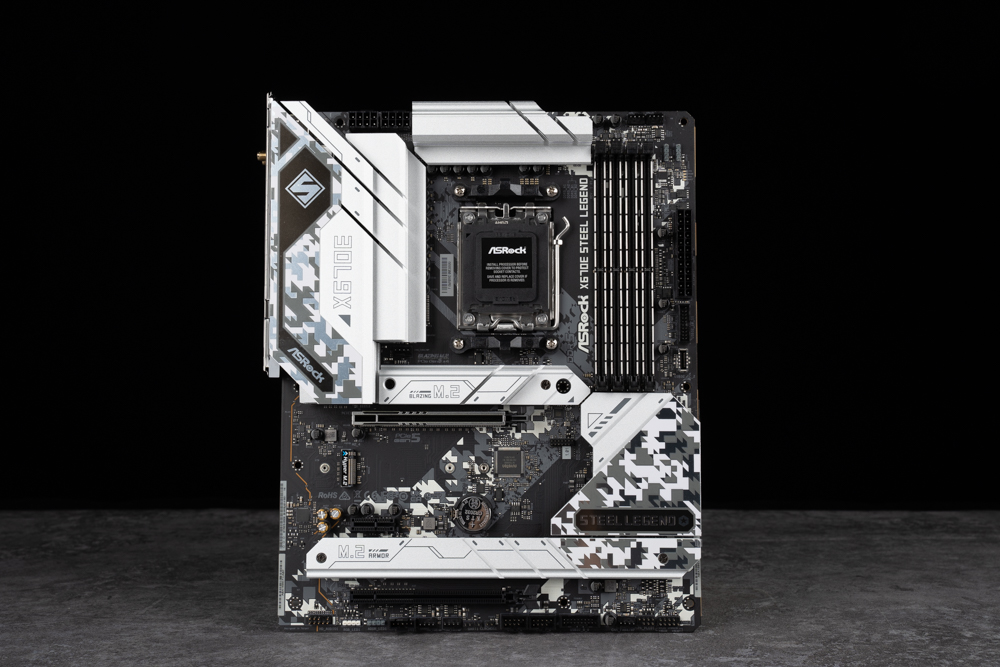
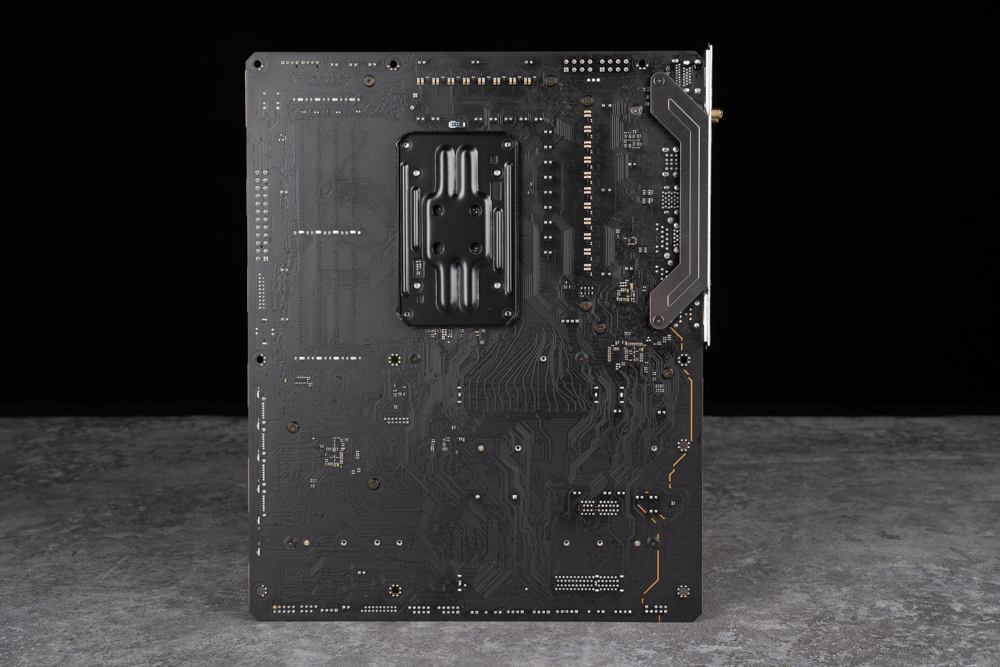
AM5 uses a new LGA 1718 pin, which is different from the AM4 PGA package in the past. After the update, there are 1718 pins on the socket of the motherboard. Although the pins are moved from the processor side to the motherboard, players are still on the motherboard. Pay attention when storing and using it, remember to install the protective cover and do not bend the pins, and the radiator hole spacing of AM5 pins is the same as AM4, so if consumers have AM4 pins on their hands The radiator is basically compatible and can be used directly, which can save a budget for the radiator.
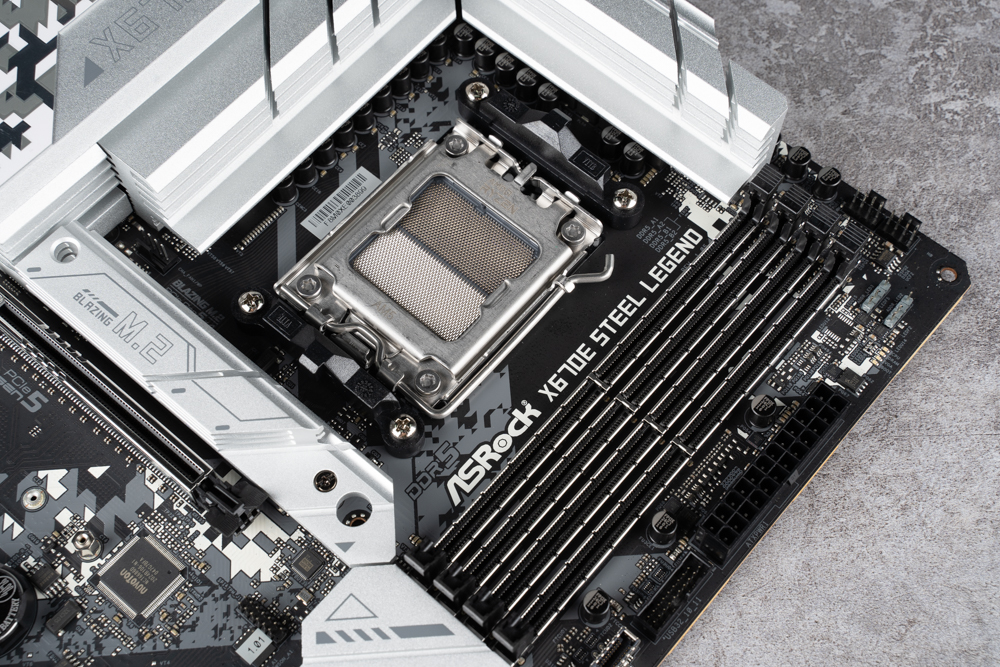
Next, let’s take a look at the various expansion slots of ASRock X670E Steel Legend. X670E Steel Legend uses 8+8 Pin CPU power supply sockets.
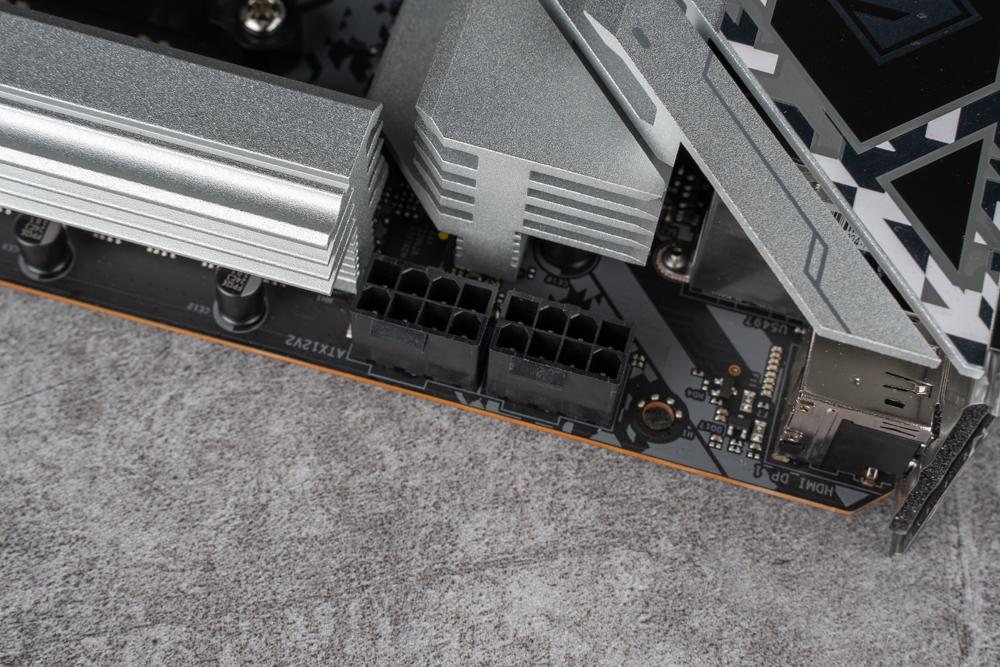
There are two 4-Pin fan power sockets in the upper right corner of the motherboard. The CPU FAN1 on the left supports up to 1A (12W) fan power, while the CPU_FAN2/WP (water pump and fan sockets) supports up to 2A (24W) power supply. CPU_FAN2/WP supports automatic detection of the PWM/DC fan power supply and automatically switches the operation mode according to the fan power supply.
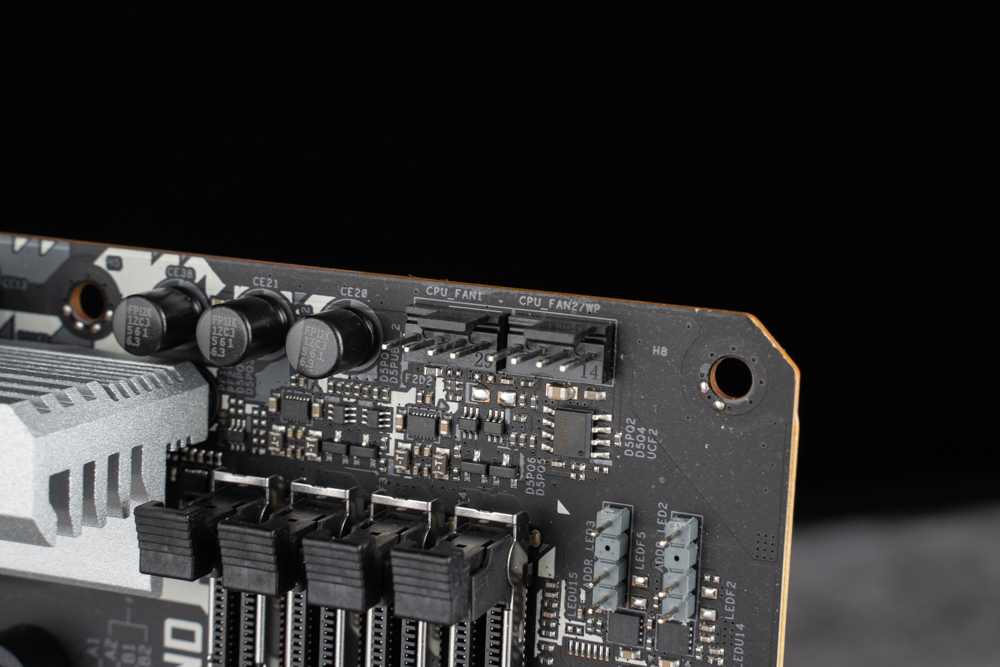
The X670E Steel Legend is equipped with four-slot DDR5 memory slots, supports Non-ECC unbuffered DIMM memory installation, can be expanded to a maximum of 128GB with a single maximum capacity of 32GB, and supports AMD EXPO and Intel XMP memory one-click overclocking technology certification.
At present, the two dual-channel kits that players often buy are recommended to be installed in A2 and B2 (the second and fourth slots from the left). The fourth slot installation position on the right), and because of the unique electronic structure of DDR5 memory, ASRock specially provides a protection circuit for the DDR5 socket to eliminate the risk of damage caused by installing or removing the memory when the power is not turned off.
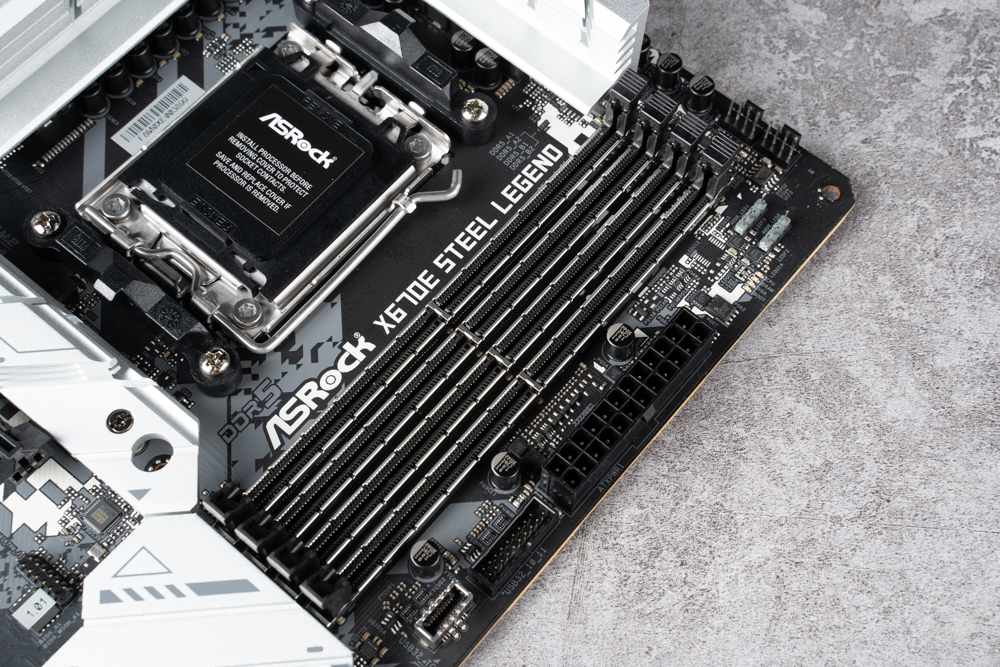
On the right side of the main unit, there are two 5V 3-Pin ARGB, EZ Debug LED lights, a 24Pin power supply socket on the motherboard, one USB 3.2 Gen1 slot (supports two front USB 3.2 Gen1 installation ports), one front Type-C USB 3.2 Gen2x2 (20Gb/s) slot, four SATA3 6Gb/s, the four SATA3 slots here are arranged side by side at the same height, which will be more beautiful and more convenient when installing multiple hard disk transmission cables Wire.
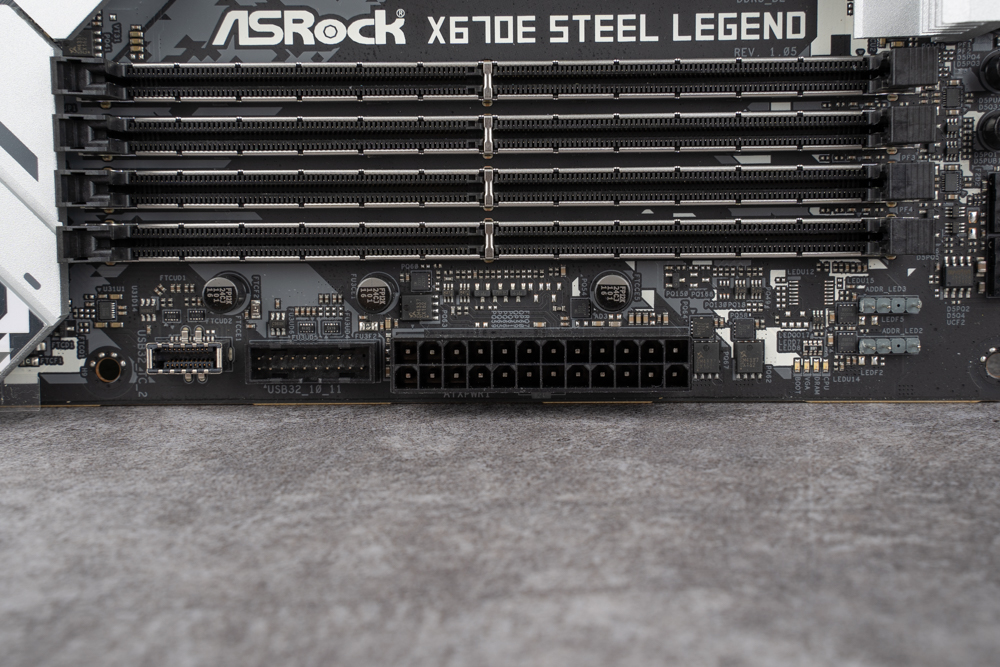
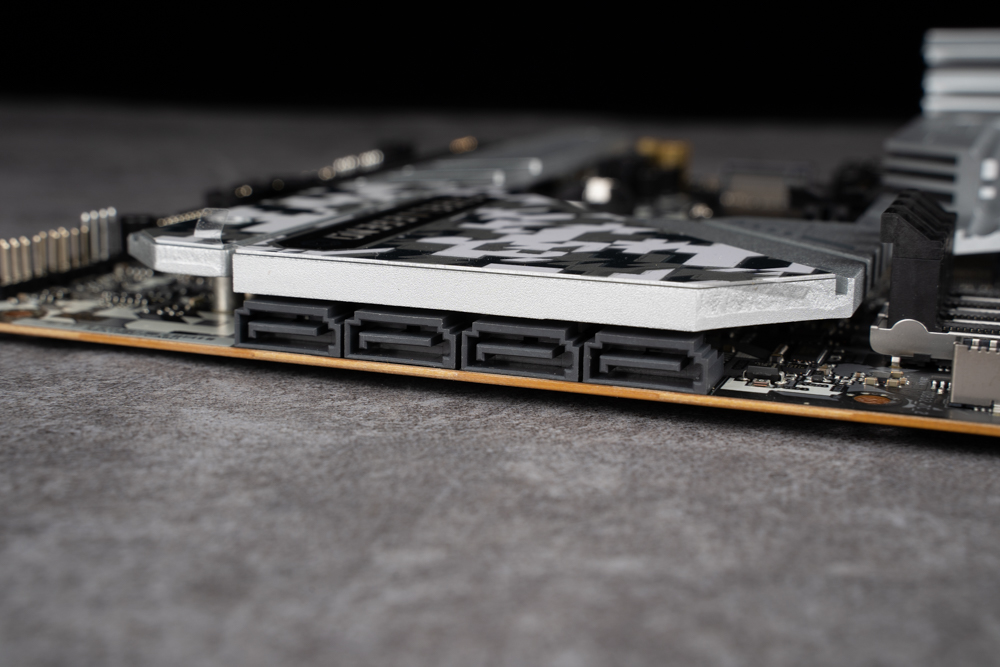
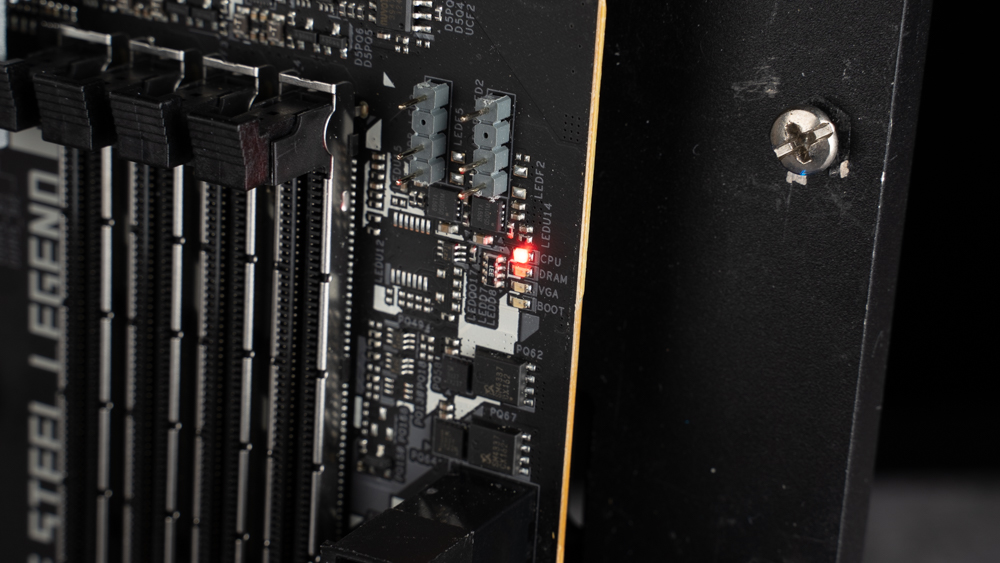
The bottom of the motherboard has a system panel slot, Power LED and buzzer slot, three 4-Pin chassis fan/water pump power supply slots, one USB 3.2 Gen1 slot (supports two front USB 3.2 Gen1 ports) , two USB 2.0 (supports four front USB 2.0 ports), CMOS clear jumper, 5-pin Thunderbolt AIC socket, 5V 3-Pin ARGB, 12V 4-pin RGB, HD_AUDIO audio socket.
The bottom of the X670E Steel Legend provides a T-shaped 5-pin Thunderbolt AIC slot, which supports ASRock’s own Thunderbolt 4 AIC expansion card. This card can expand two Thunderbolt 4 Type-C ports and two DisplayPort audio and video inputs interfaces.
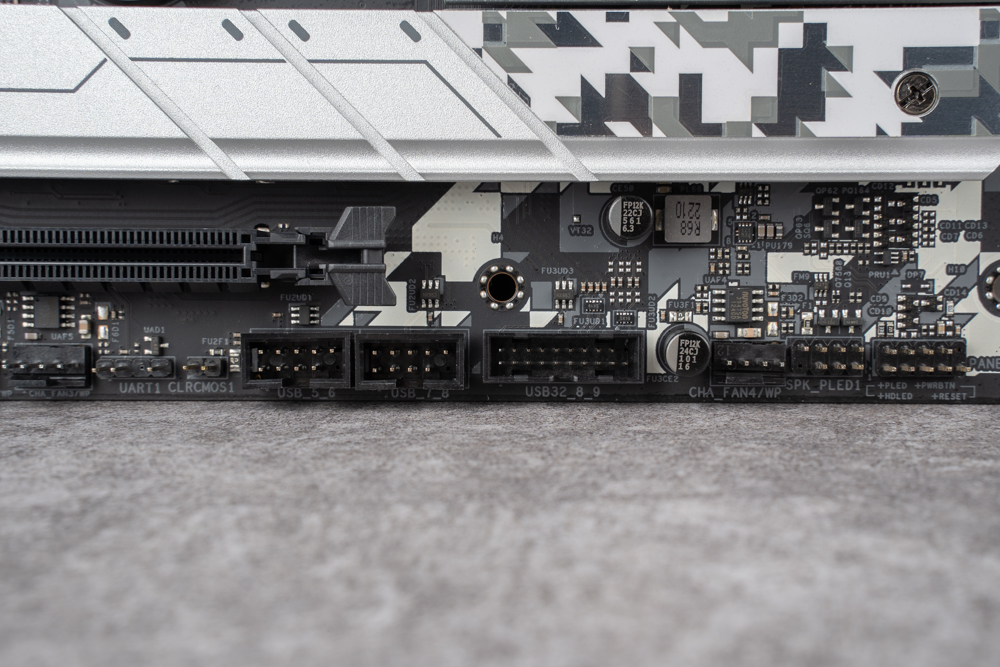
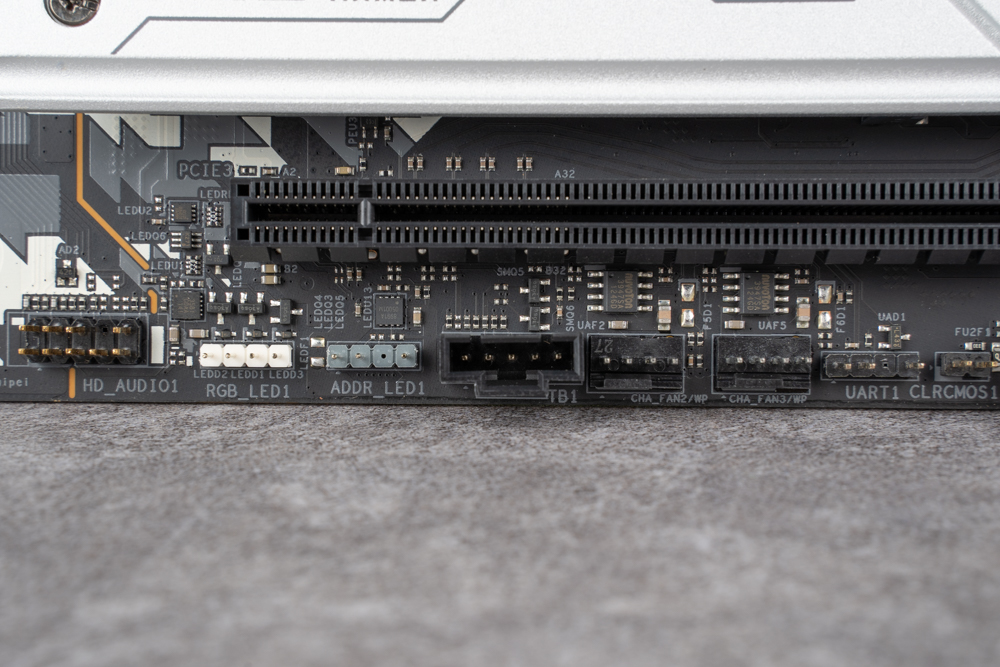
In addition, in the upper left corner of the first Blazing M.2 SSD, there is a 4-Pin CHA_FAN1/WP case fan/water pump power supply slot, and all the case fan/water pump power supply slots (CHA_FAN1 ~4/WP), all provide 2A (24W) Fan Power and will automatically detect the power supply mode of the fan, and automatically switch the operation mode according to the power supply of the fan.
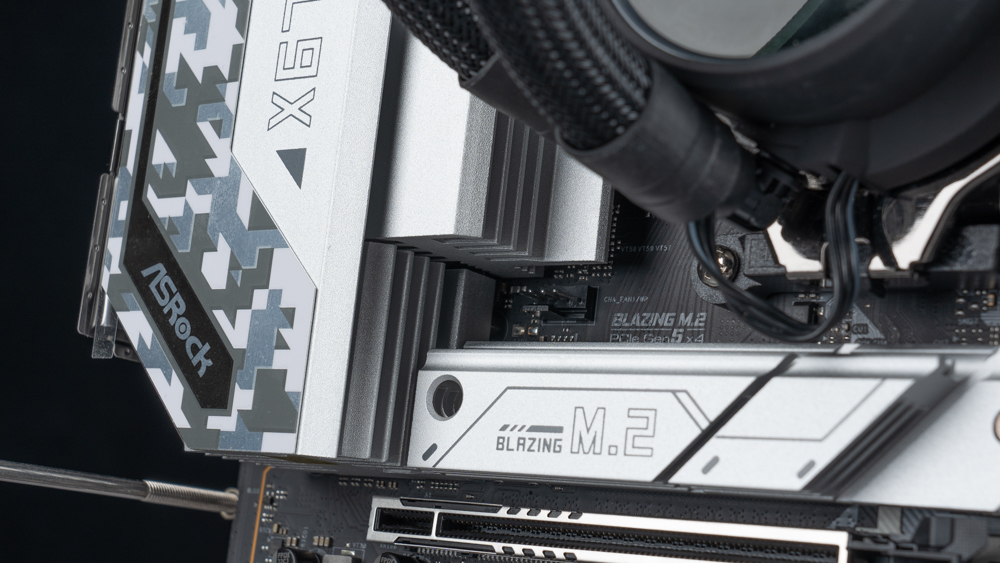
X670E Steel Legend supports the latest PCIe 5.0×16 (PEIE1) device slot with a bandwidth of 128GBps. At the same time, in order to cope with the increasingly important and meaningful independent graphics card, ASRock uses metal in the first slot of PCIe 5.0×16. The material strengthens the strength of the slot itself, and there is a PCIe 3.0×1 (PEIE2) and a PCIe 3.0×16 (PEIE3) at the bottom, allowing users to additionally expand devices such as video capture cards, sound cards, etc., and also supports AMD The CrossFire dual graphics card is installed and used for crossfire. The PCIe 5.0×16 (PEIE1) of the first strip and the PCIe 3.0×16 (PEIE3) of the third strip are directly connected by the CPU channel, and the PCIe 3.0×1 (PEIE2) of the second strip is connected via PCH Southbridge wafer channel.
The M.2 SSD expansion provides a total of four installation positions. The top Blazing M.2 (M2_1) slot is directly connected to the CPU and supports PCIe Gen5x4 (128Gb/s) 2260/2280 M.2 SSDs. The second slot from the top is the Hyper M.2 (M2_4) slot, which supports PCIe Gen4x4 (64Gb/s) 2260/2280 M.2 SSD, and the bottom two mounting positions are Hyper M.2 (M2_2, 3 ), supports PCIe Gen4x4 (64Gb/s) 2230 (2230 only M2_3) /2242/2260/2280 M.2 SSD.
Hyper M.2 (M2_2, 3, 4) all pass through the X670E PCH chipset channel, and the aluminium alloy heat dissipation armour of the motherboard itself also covers the M2_1, 2, and 3 mounting slots to ensure that the M.2 SSD will not transmit data during data transfer. Because of the temperature, the read and write performance and the service life are decreased.
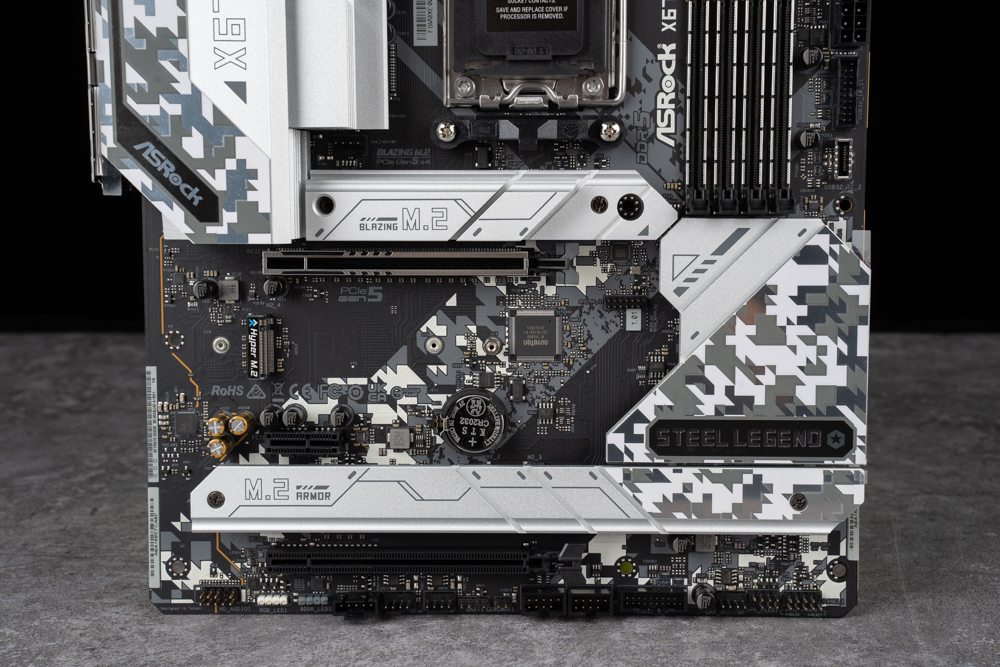
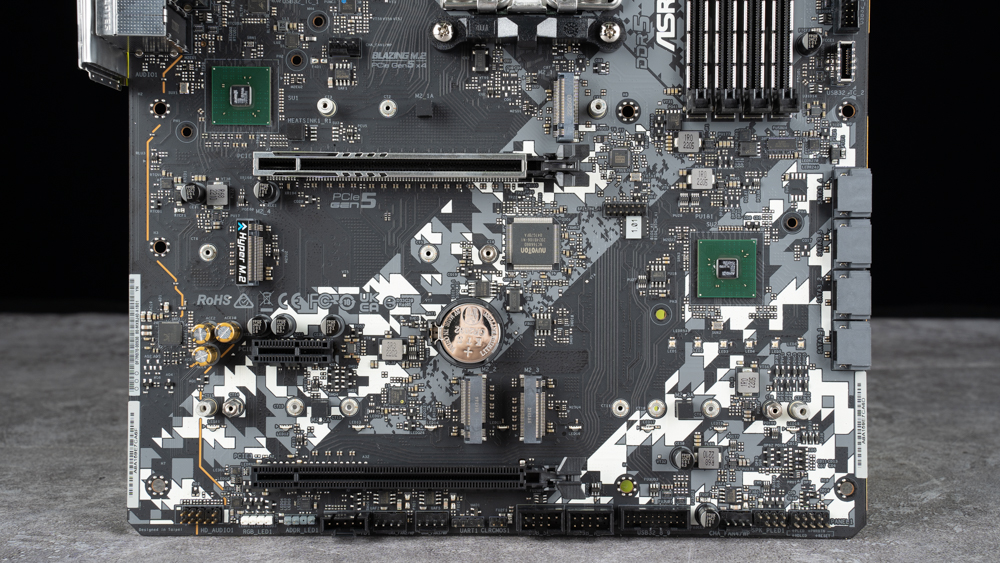
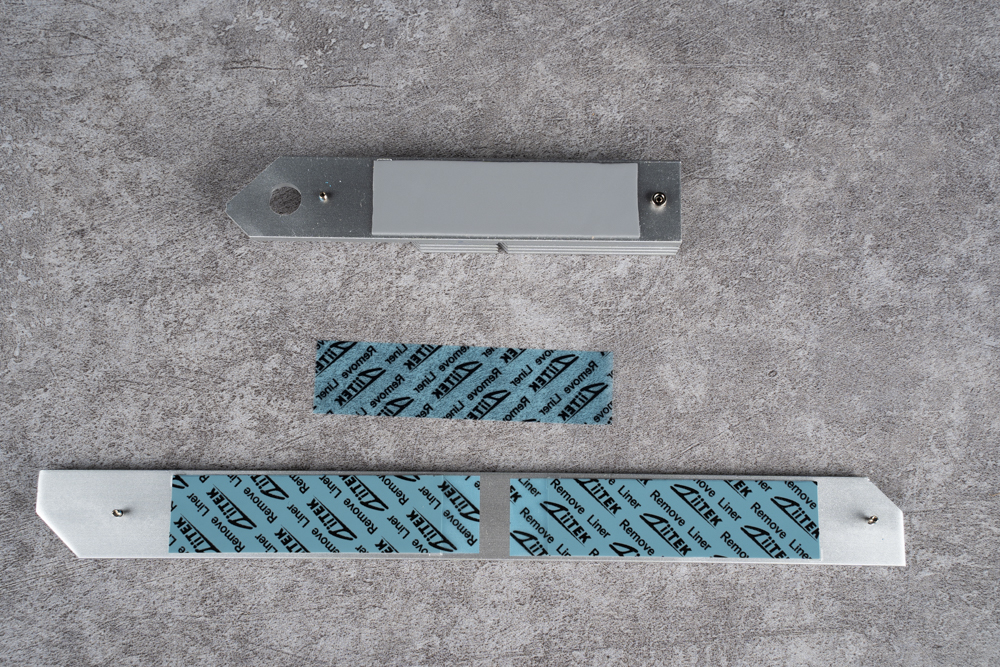
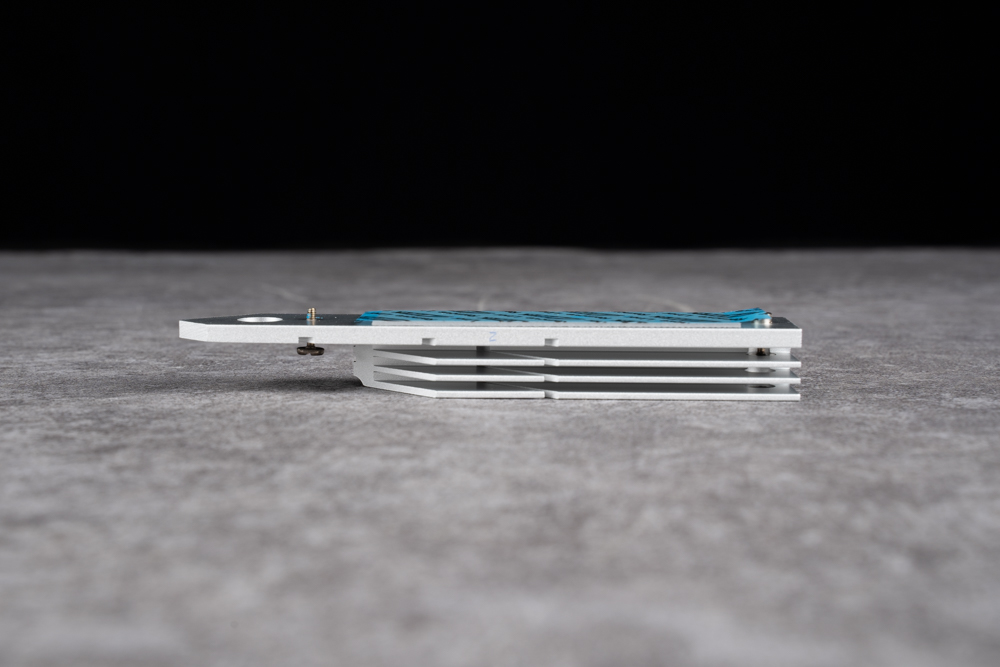
The rear I/O of the X670E Steel Legend uses an integrated baffle. The flexible I/O baffle can be slightly modified and adjusted to cope with the tolerance of various chassis. The rear I/O interface provides an HDMI 2.1, a DP 1.4, Wifi 6E Antenna Port, BIOS Flashback Button, Four USB 2.0, Six USB 3.2 Gen1 Ports, One 1G LAM, One 2.5G LAM, One USB 3.2 Gen2 Type-A Port (10 Gb/s), One USB 3.2 Gen2x2 Type-C port (20 Gb/s), optical SPDIF digital audio output, Line Out Jack, Microphone Input Jack.
One of the USB 2.0 ports is connected by a white frame next to the BIOS Flashback button. When using the BIOS Flashback function, you need to insert the USB flash drive with the BIOS file into this slot to update the BIOS.
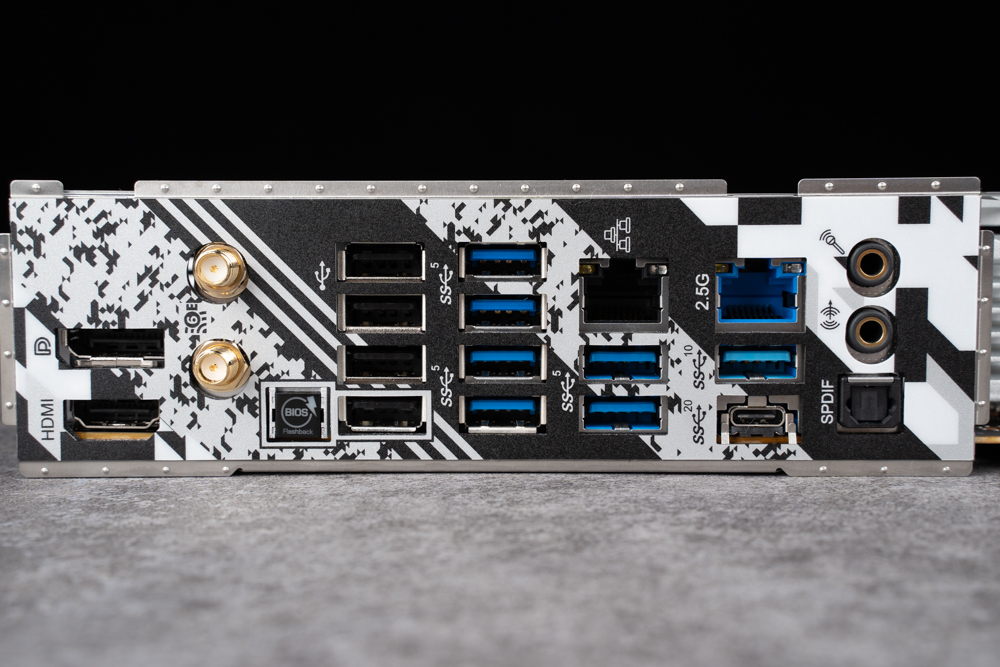
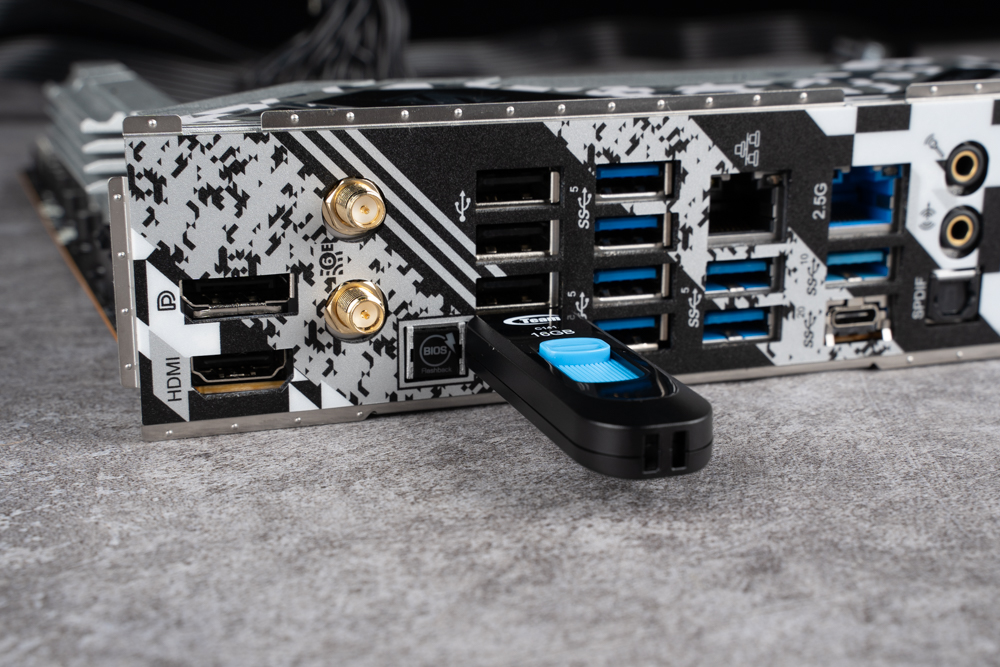
ASRocks X670E Steel Legend motherboard power supply material
Next, let’s take a look at how much content this motherboard has. The X670E Steel Legend has 16+2+1 phase 60A SPS power supply, of which 16 phases are responsible for CPU Vcore (processor operating voltage), and 2 phases are responsible for SOC (internal display). , The last phase is responsible for MISC power supply, and this new platform X670E/X670 motherboards use two PCH Southbridge chips.
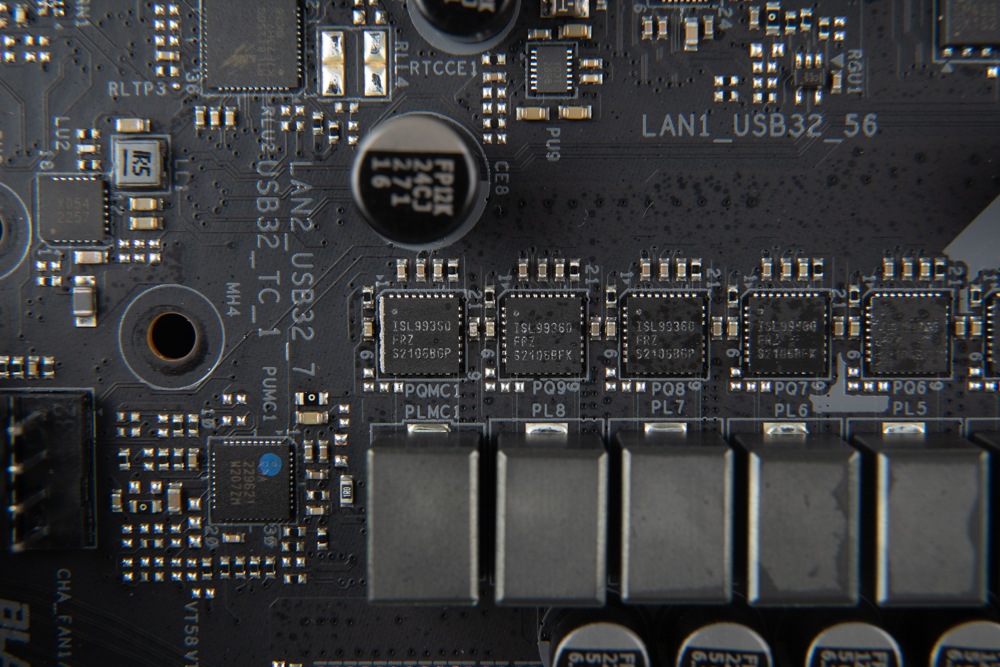
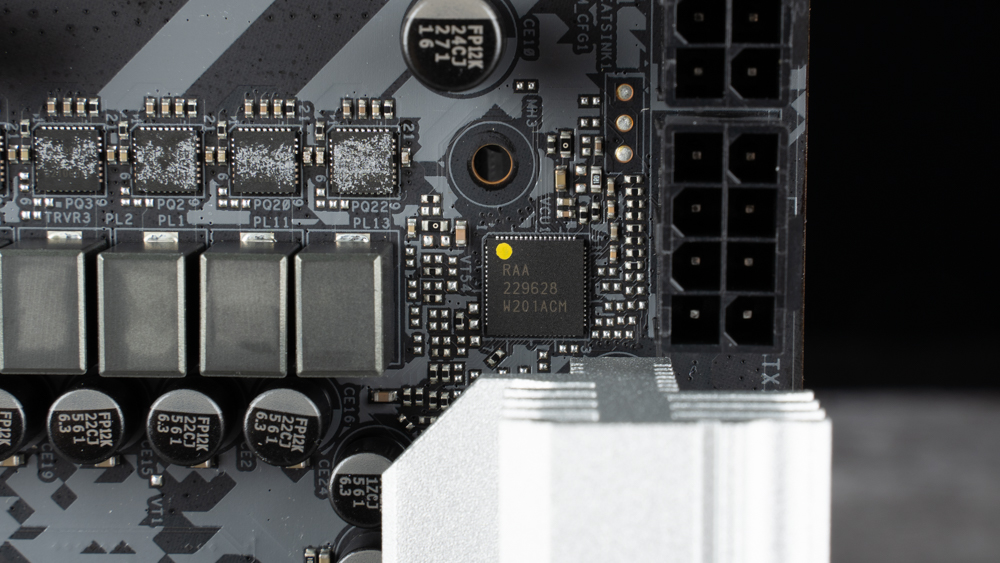
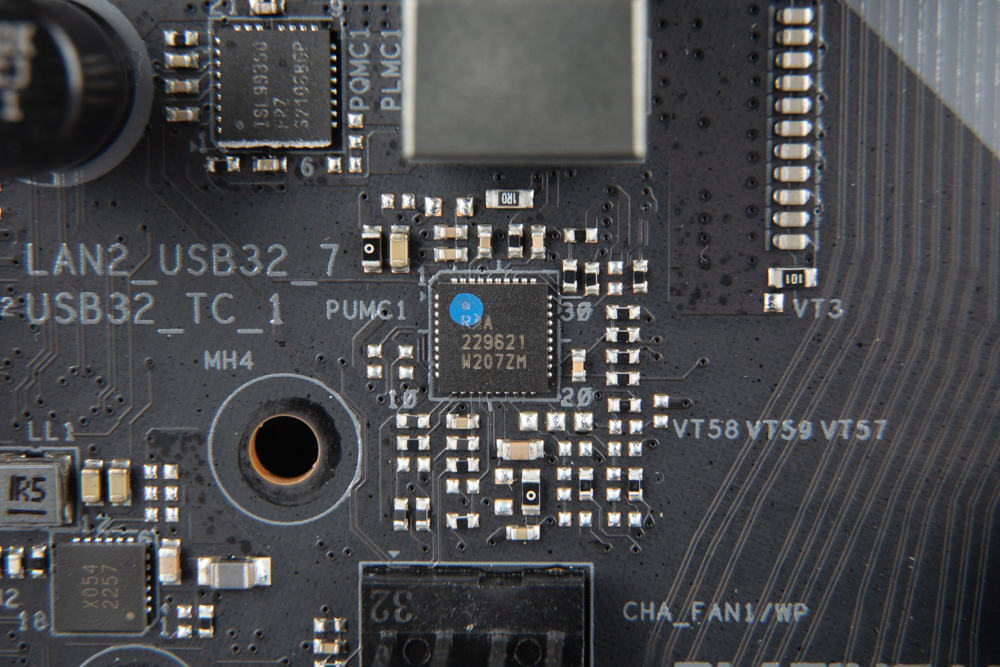
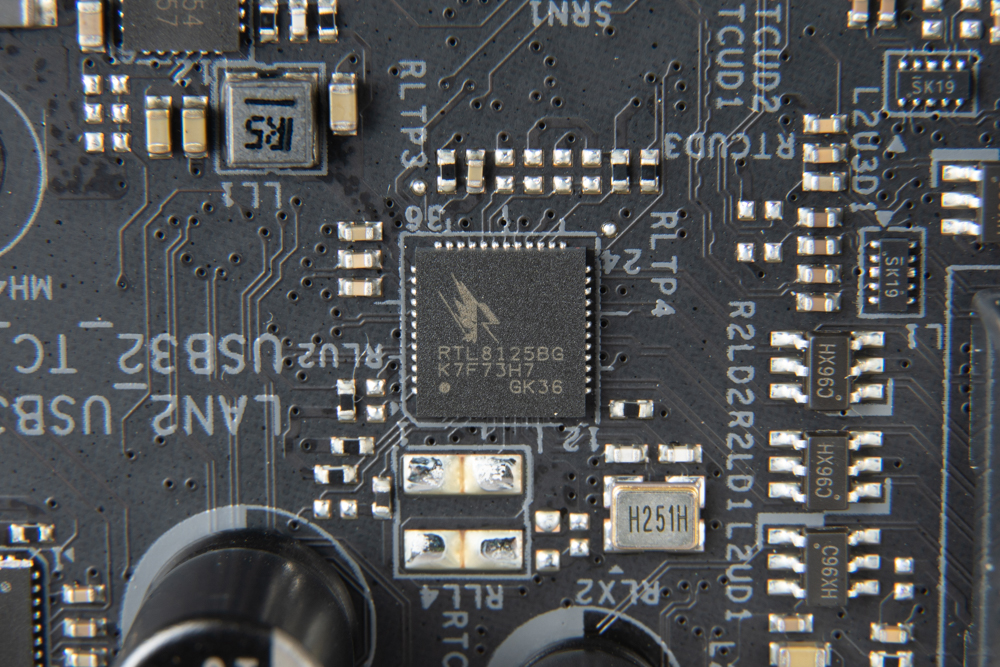
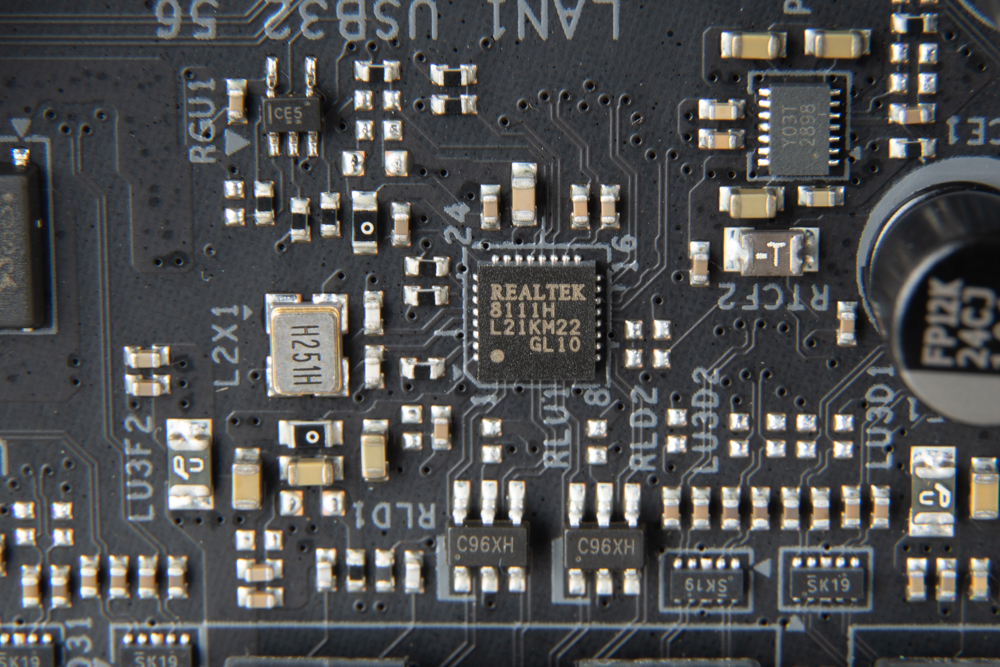
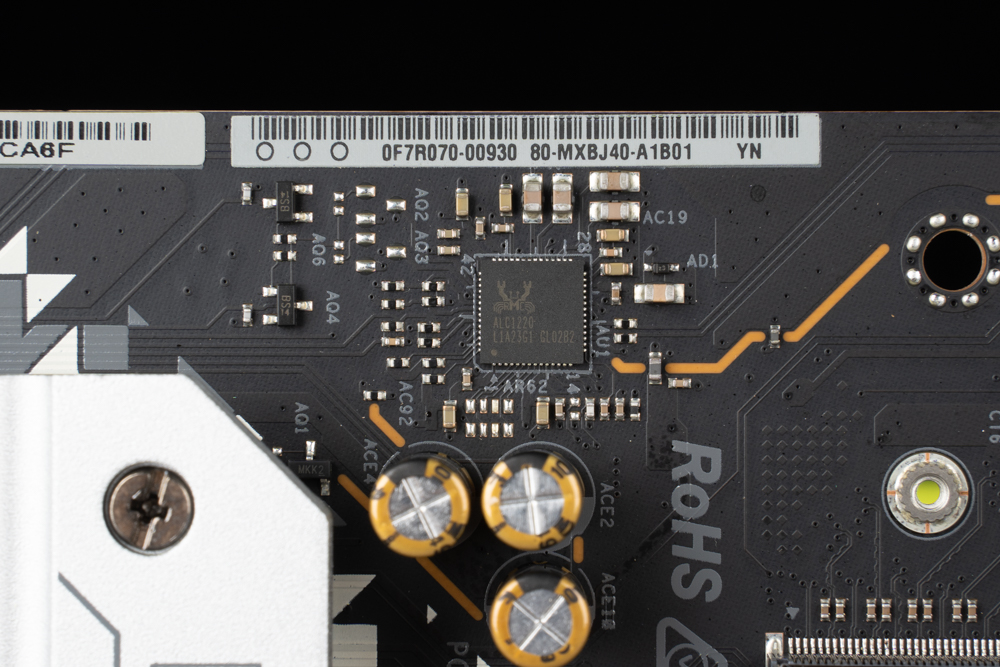
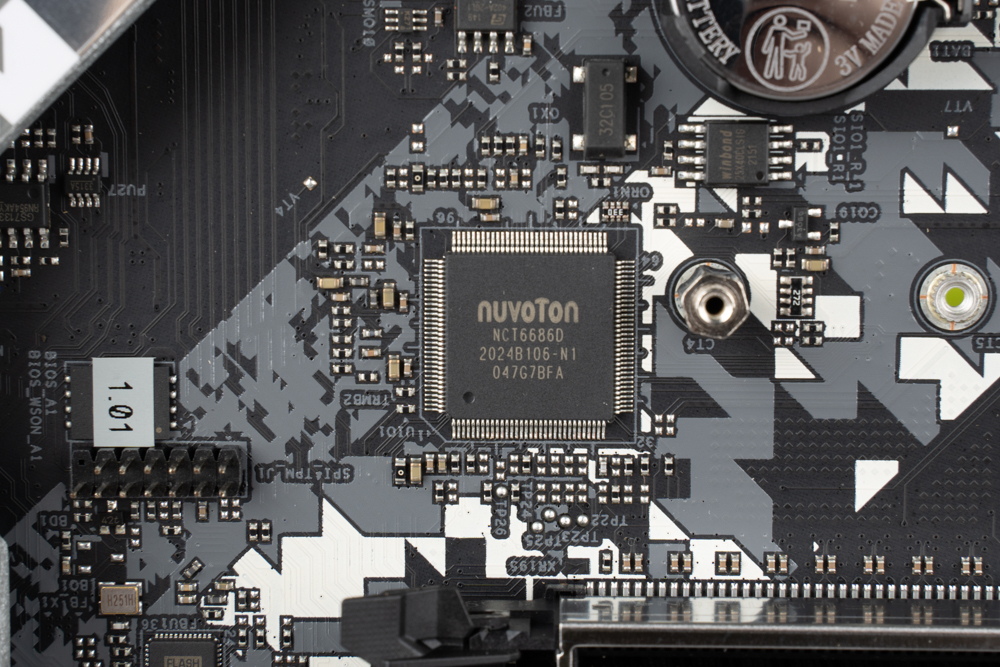
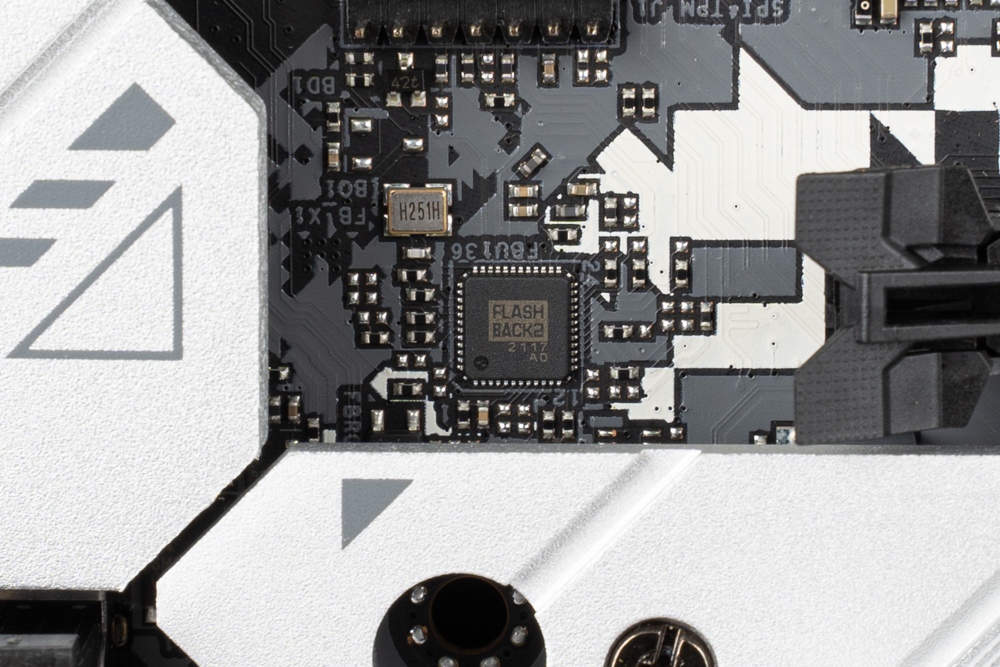
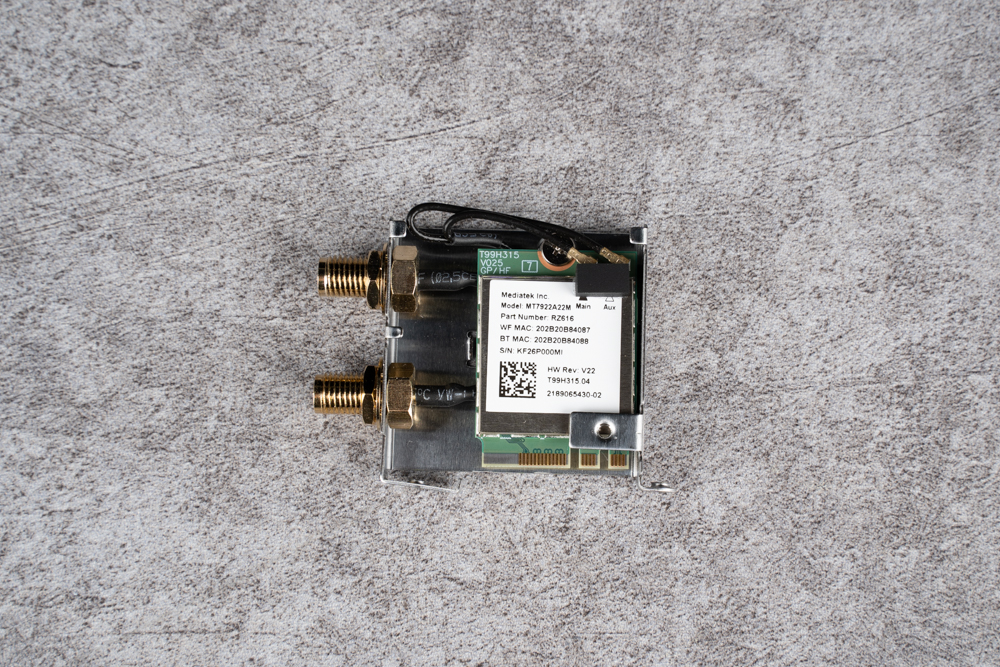
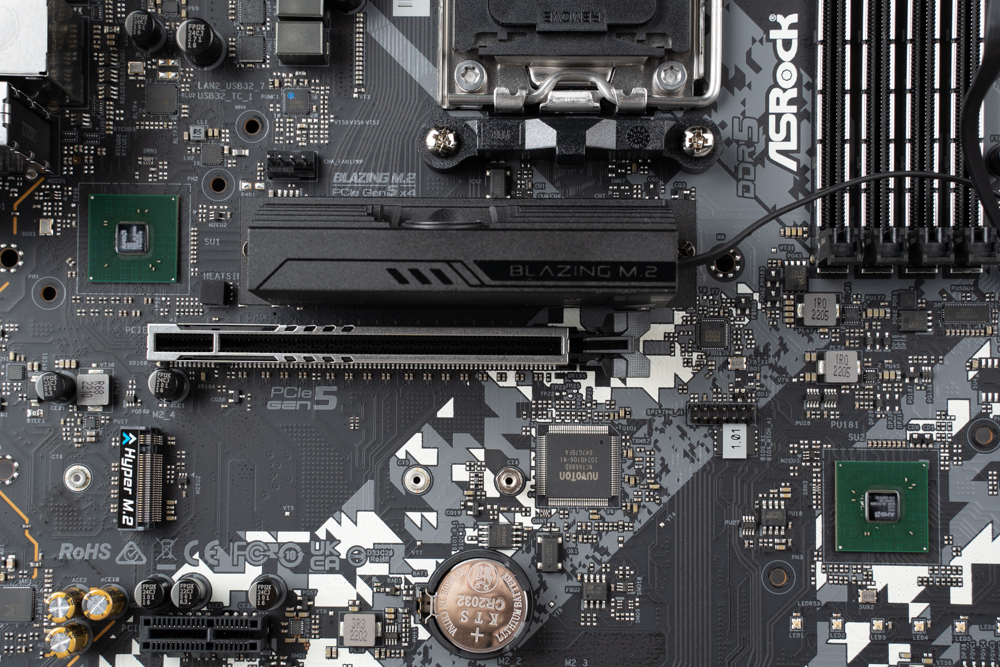
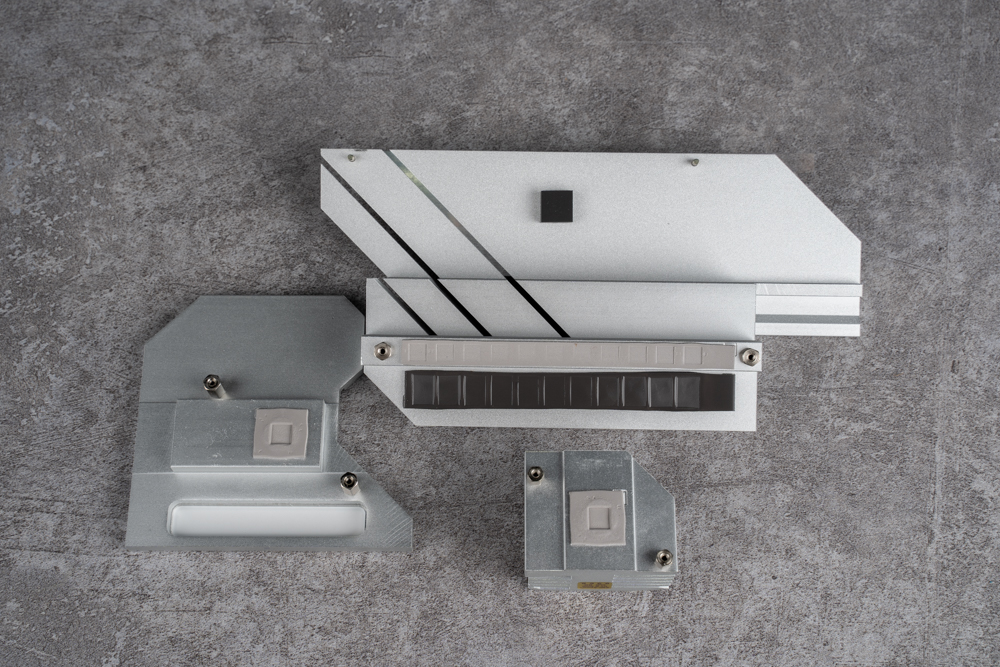
Motherboard comes with accessories, BLAZING M.2 FAN-HEATSINK active heat sink
In addition to the instruction manual and processor installation steps, the accessories box comes with four M.2 SSD screws, one M.2 SSD fixing copper post, ASRocks belief devil felt cable tie, two SATA transmission cables, and ASRocks graphics card Stand, 1 postcard, 1 Steel Legend keycap, Wifi antenna module.
The included ASRocks graphics card support bracket is fixed on the copper column of the chassis, so as to share the burden of the PCIe slot keyhole, but the support bracket itself is very heavy on the length and thickness of the graphics card itself. Supported, and the Wifi 6E antenna module is fixed by the sticky foam underneath. It is a pity that the antenna angle is fixed and cannot be adjusted. In addition, even if you only need to use the Bluetooth function, this antenna module must be connected. Receive and transmit signals Oh!
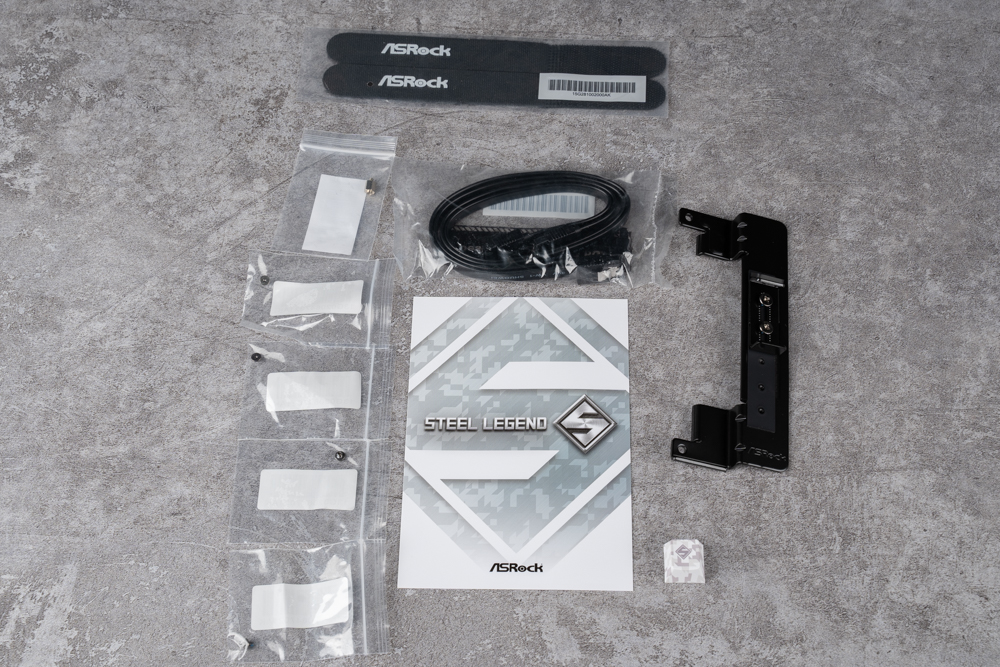
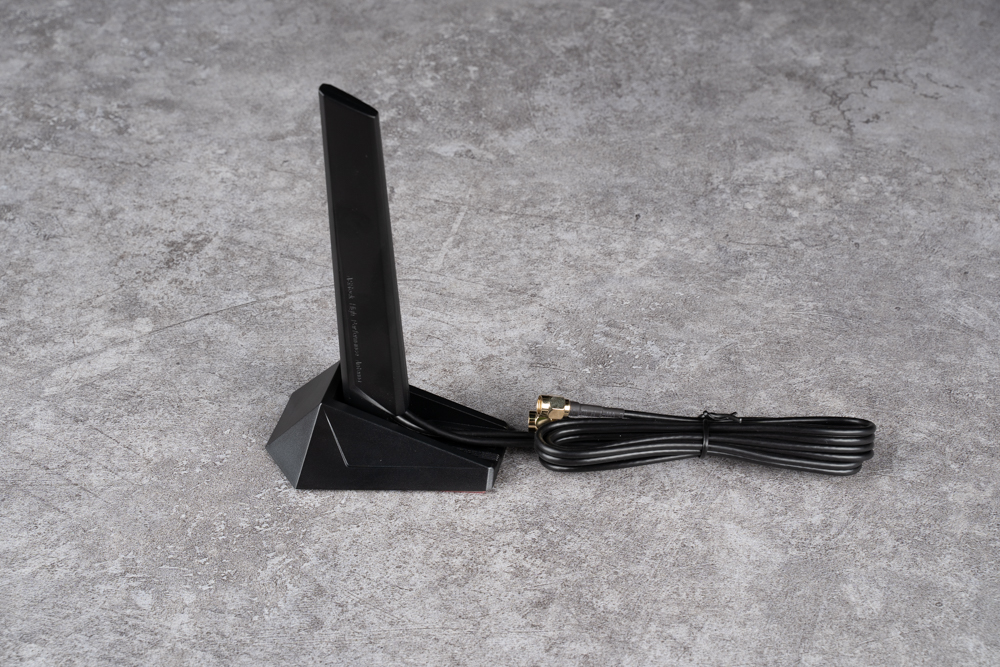
Along with the launch of the X670E series motherboards, ASRocks also launched the BLAZING M.2 FAN-HEATSINK radiator in order to cope with the future PCIe Gen5 M.2 SSD. There is currently no official PCIe Gen5 M.2 on the market. SSD, but according to relevant reports, the heat generation of PCIe Gen5 M.2 SSD may be very considerable. ASRocks also pre-launched an active M.2 SSD radiator, so that players who need it can purchase additionally. This cooler also supports X670E Steel Legend installation.
The height of the matte black heat dissipation armor is about 6cm. It is actively dissipated by a small fan with a diameter of 3cm, which provides sufficient heat dissipation performance. In the previous test, PCIe Gen4 M.2 SSD was used. Compared with the bare strip installation test temperature, ASIC The controller can have a drop of 36°C. Although there is no Gen5 SSD that can be tested at present, I think that the BLAZING M.2 FAN-HEATSINK has quite good heat dissipation performance. In the future, it is enough to look forward to the effect when it is installed with PCIe Gen5 M.2 SSD!
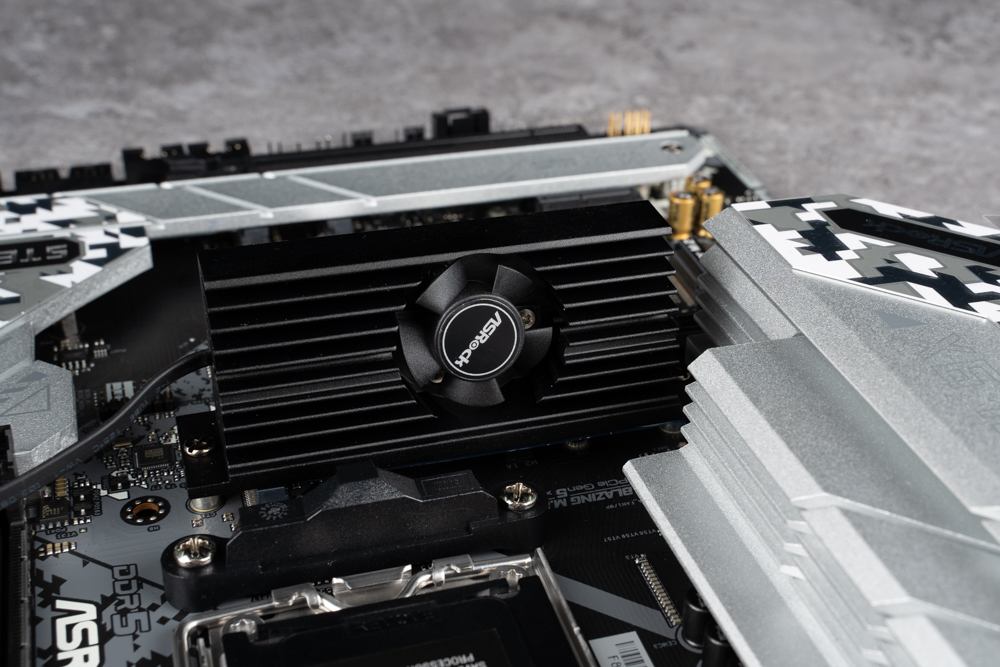
ASRock X670E Steel Legend BIOS function menu
After the motherboard has passed the self-test procedure, press F2 to enter the BIOS function setting menu. Players can set many functions in the BIOS, such as CPU overclocking settings, memory EXPO one-click overclocking function, fan mode settings and so on.
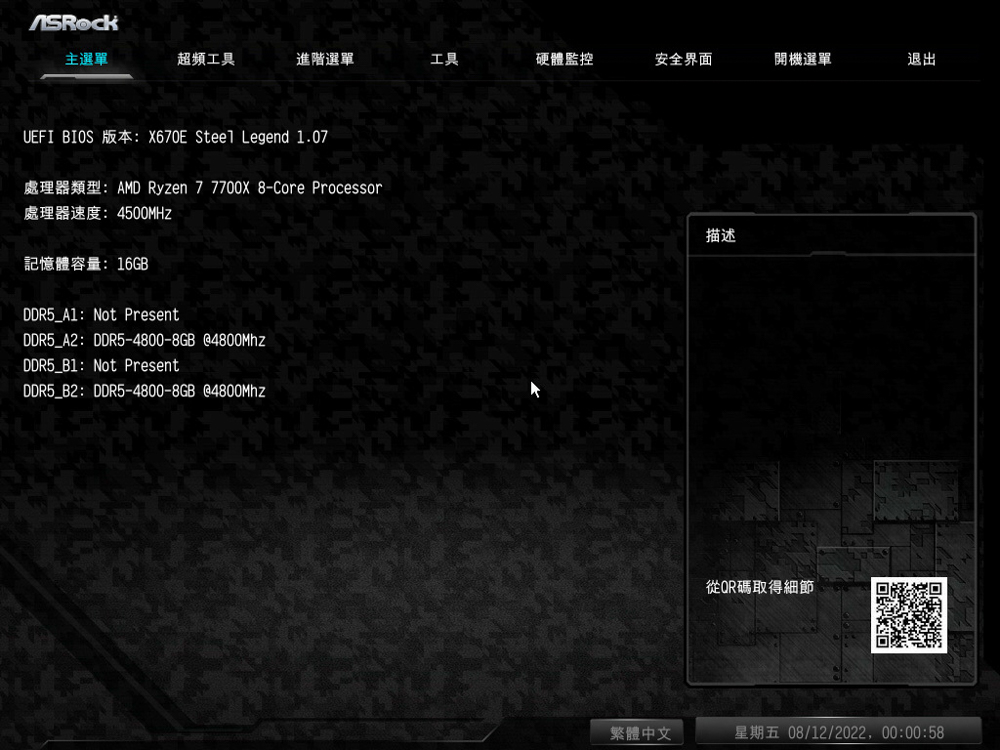
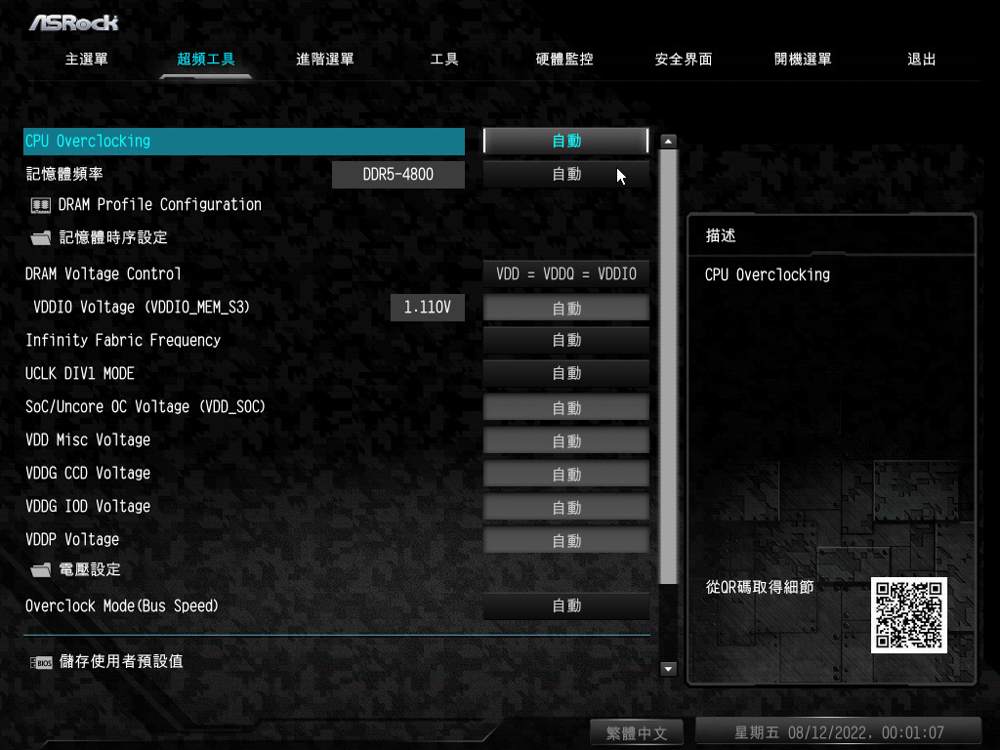
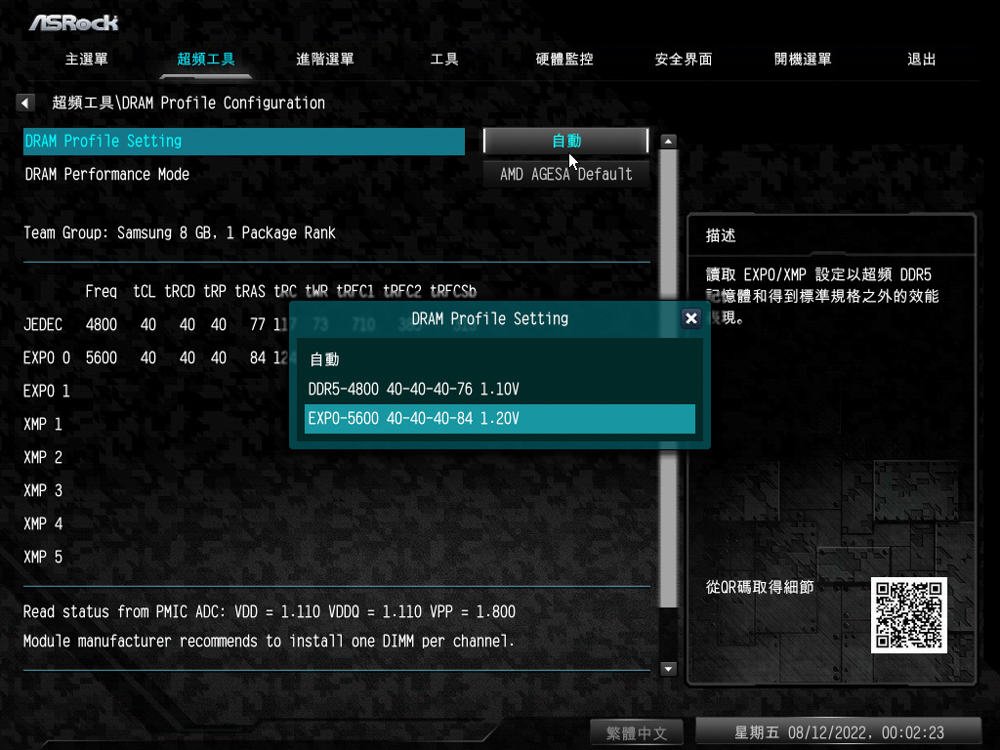
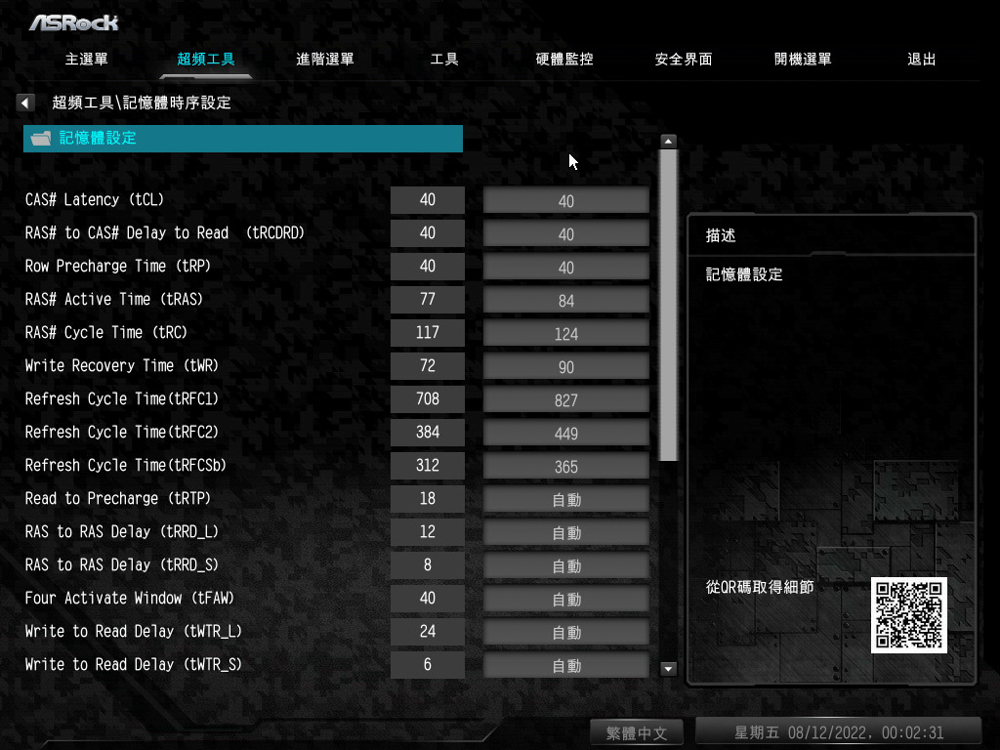
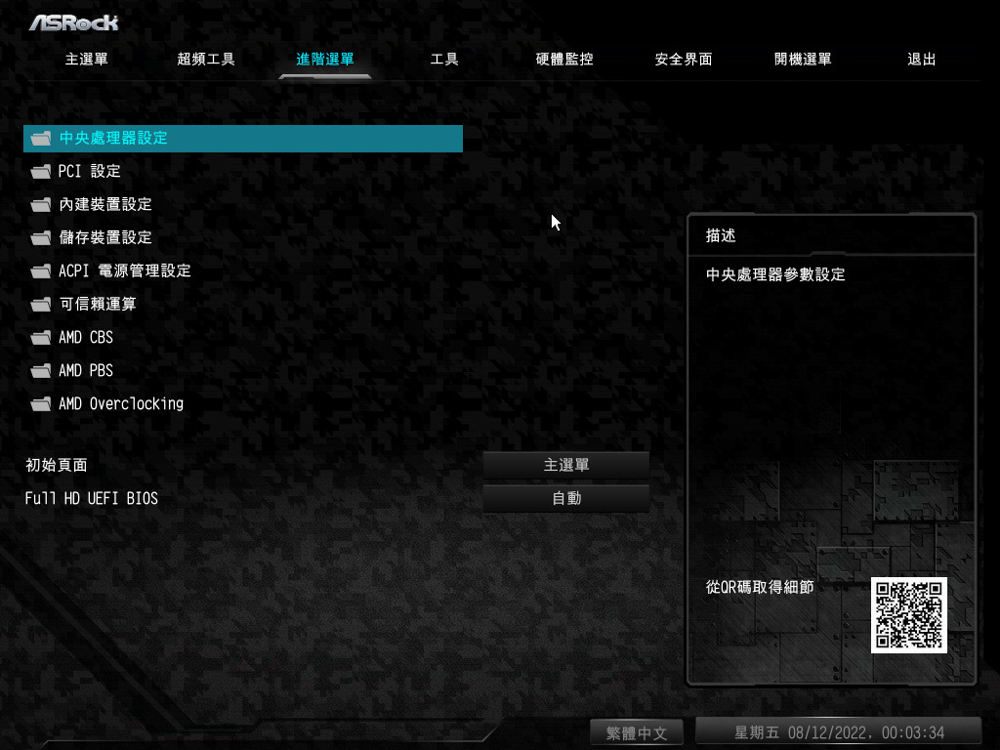
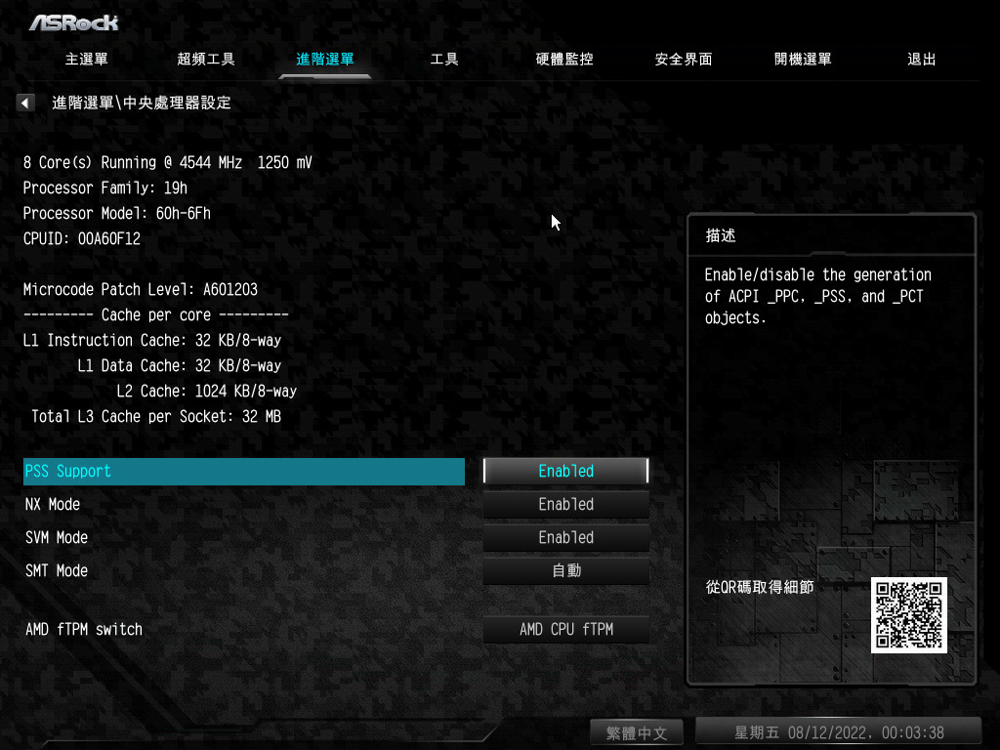
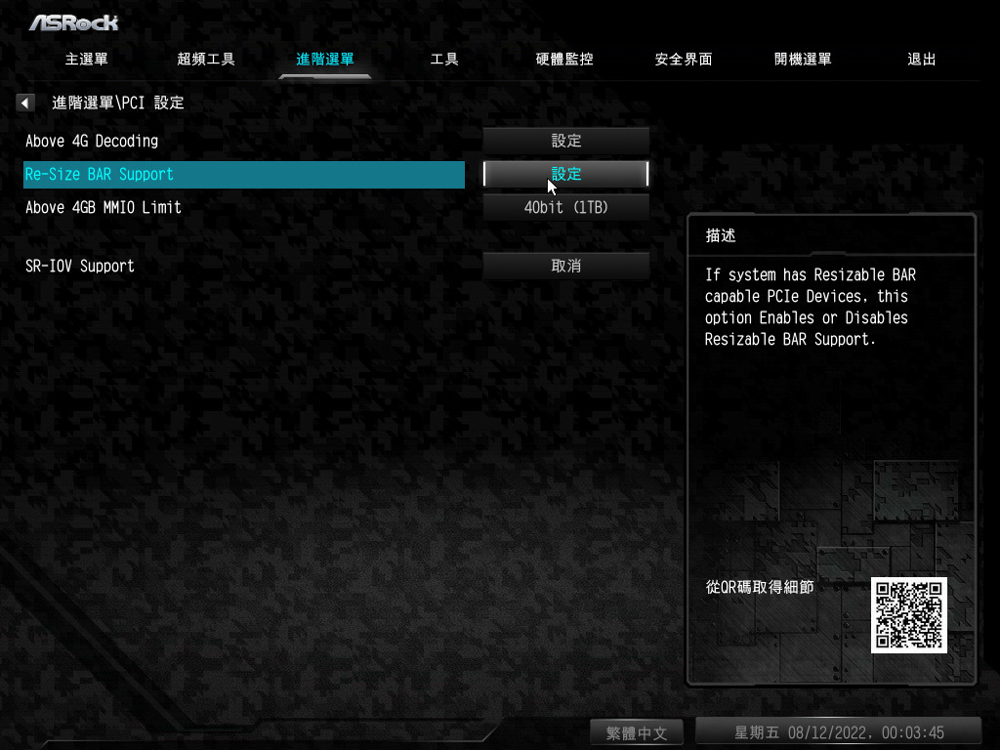
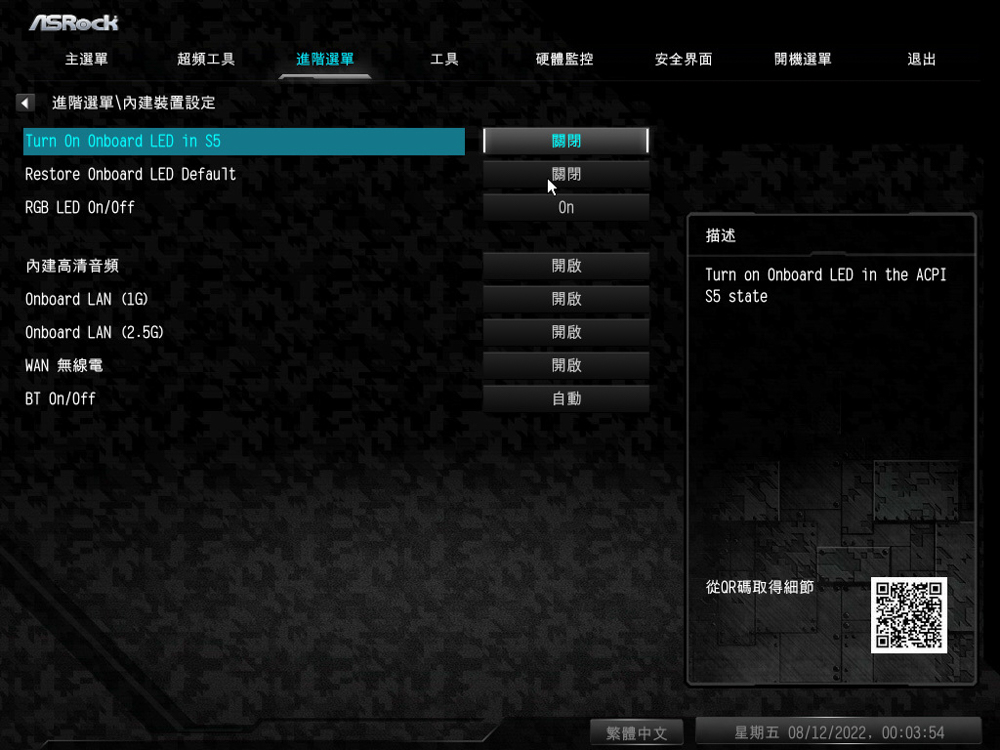
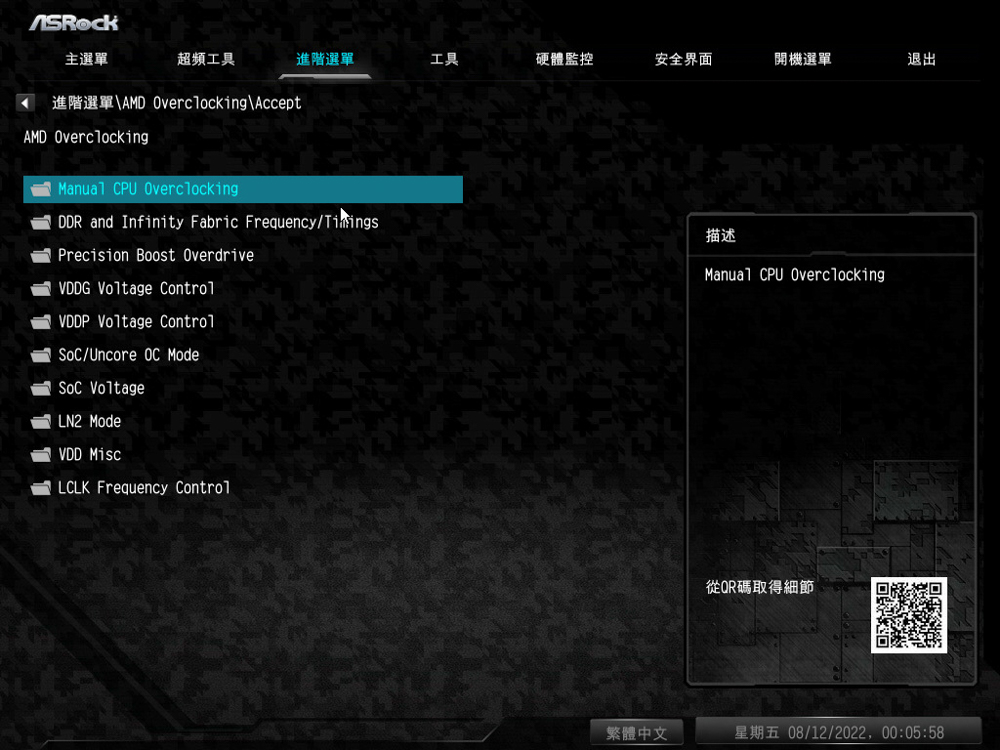
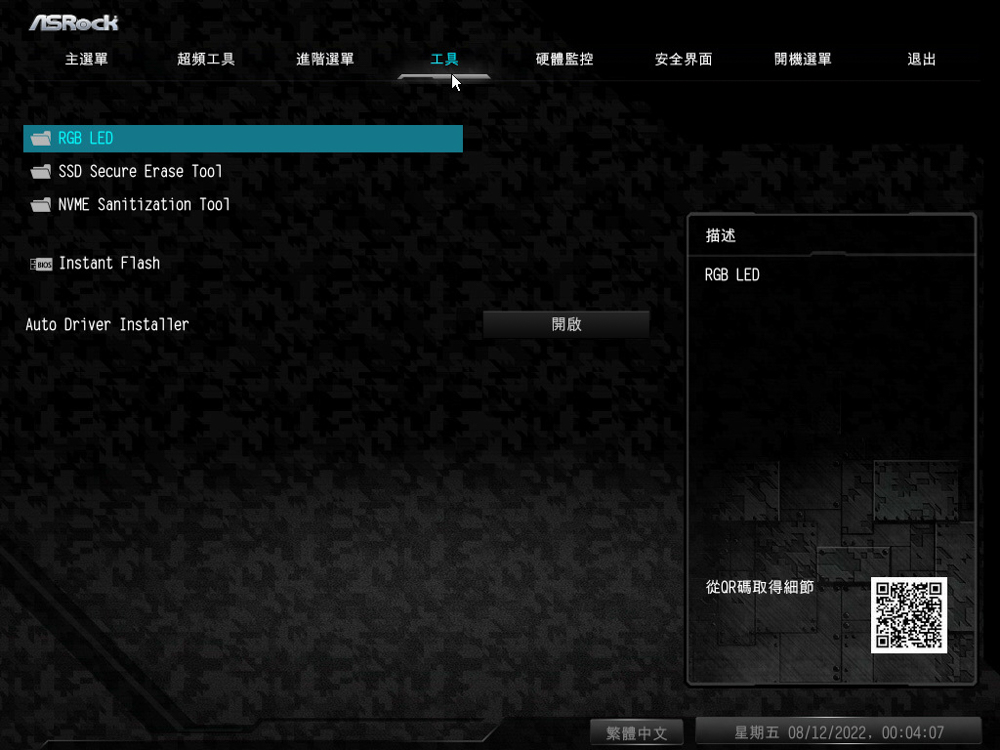
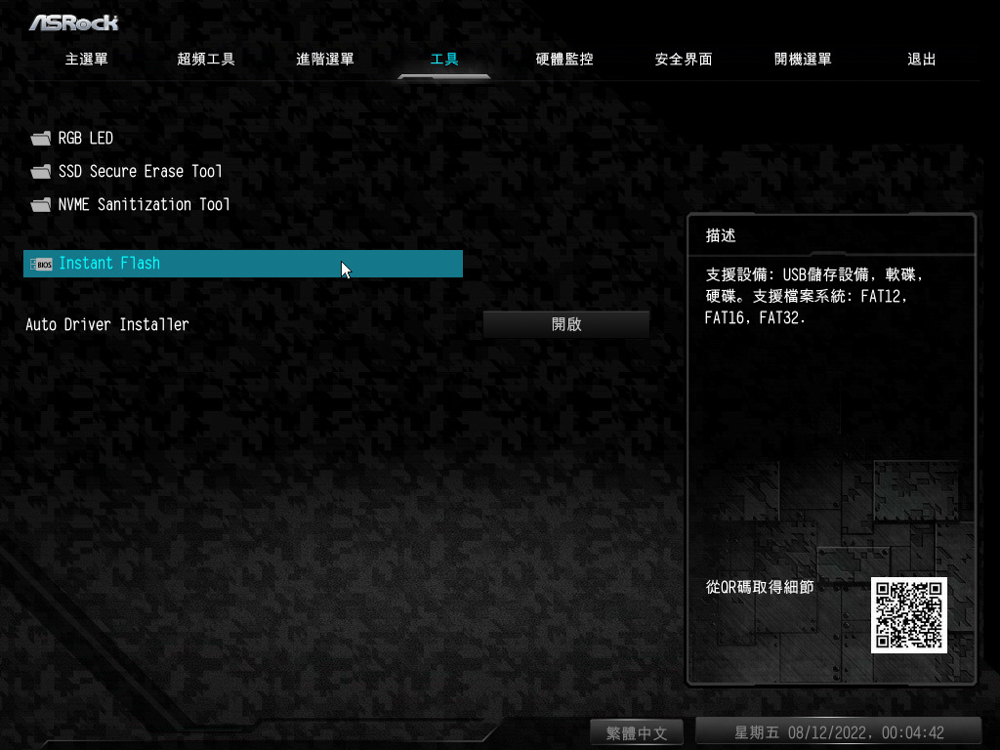
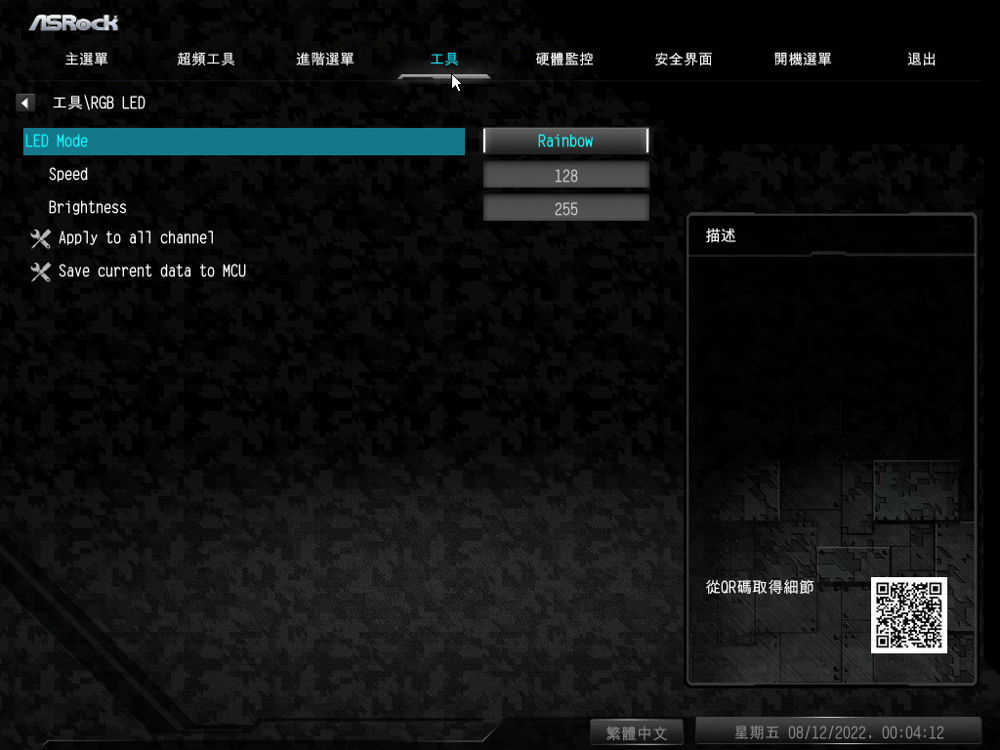
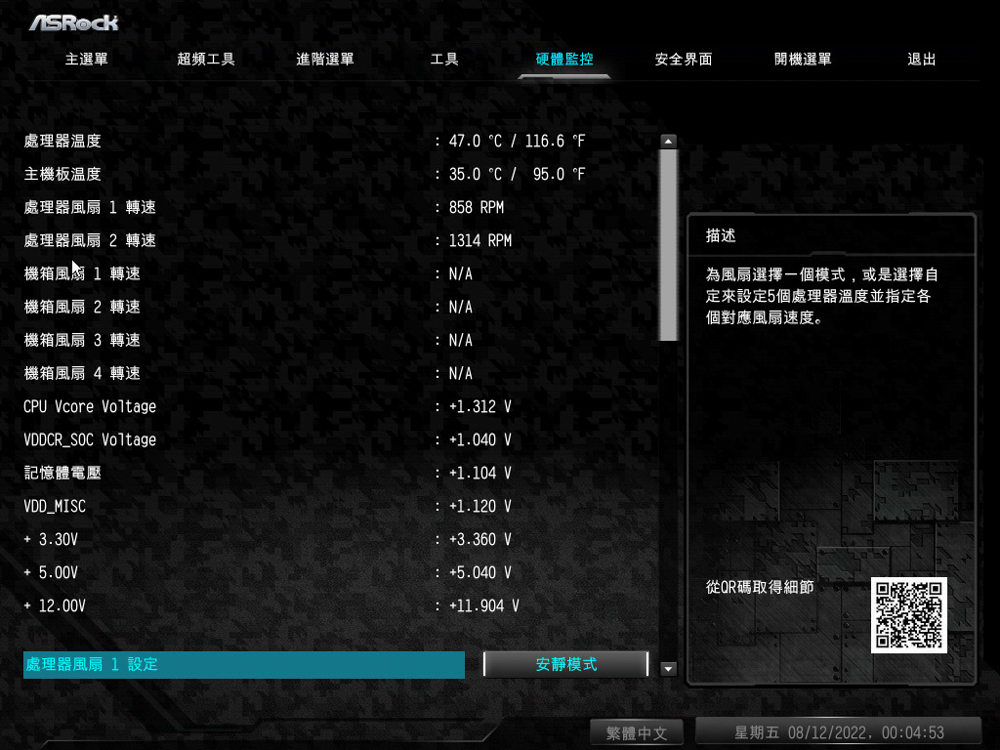
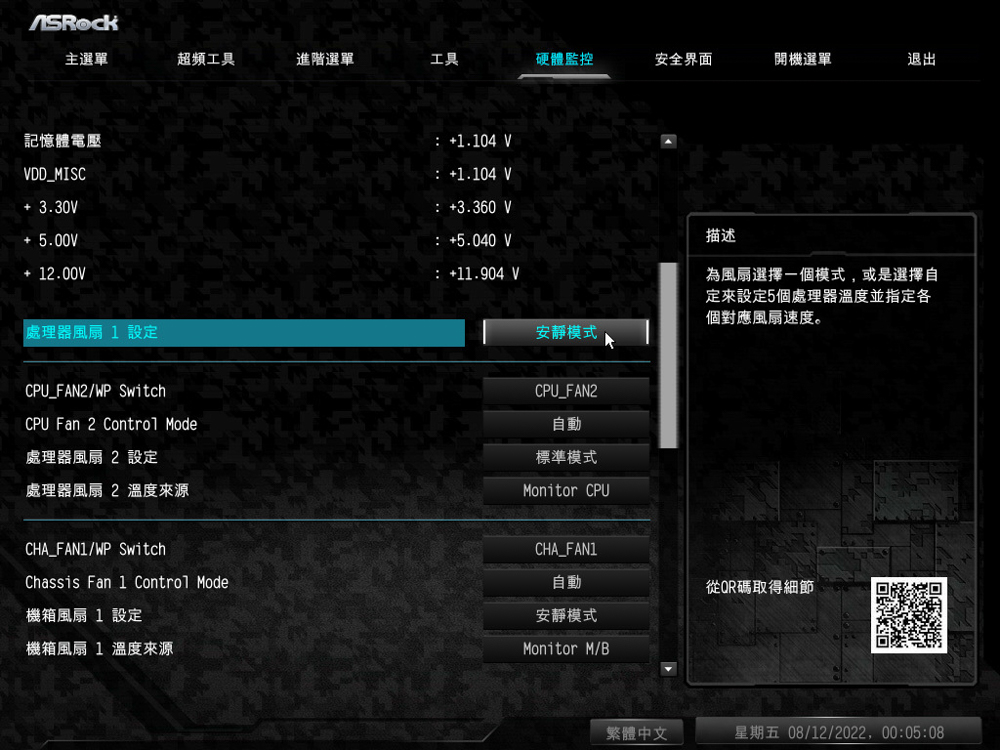
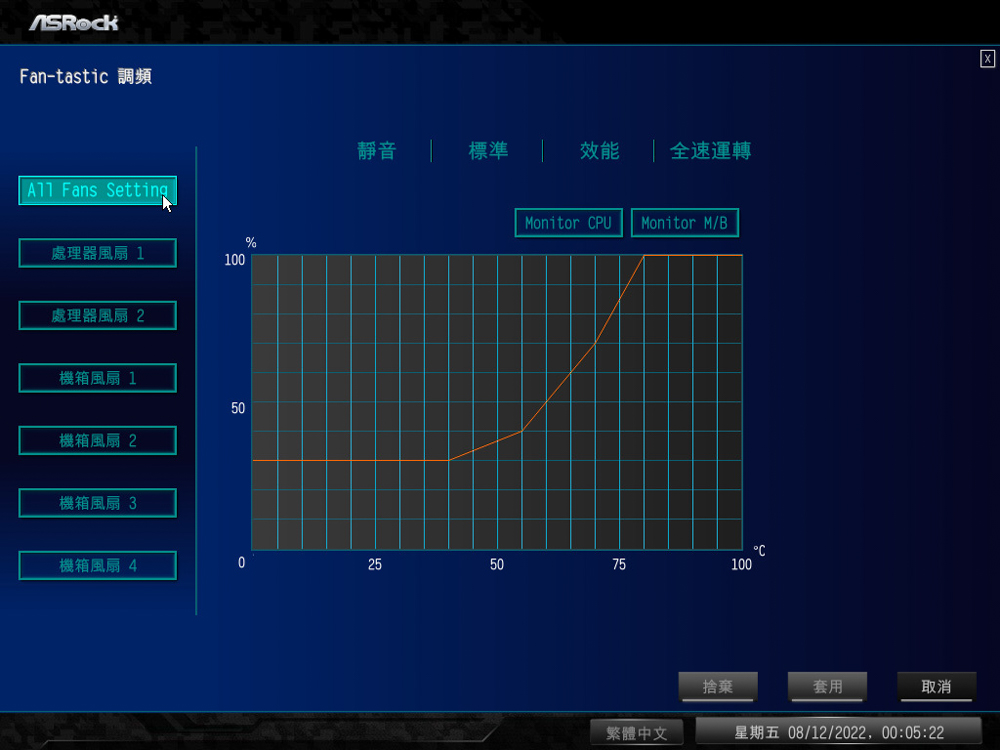
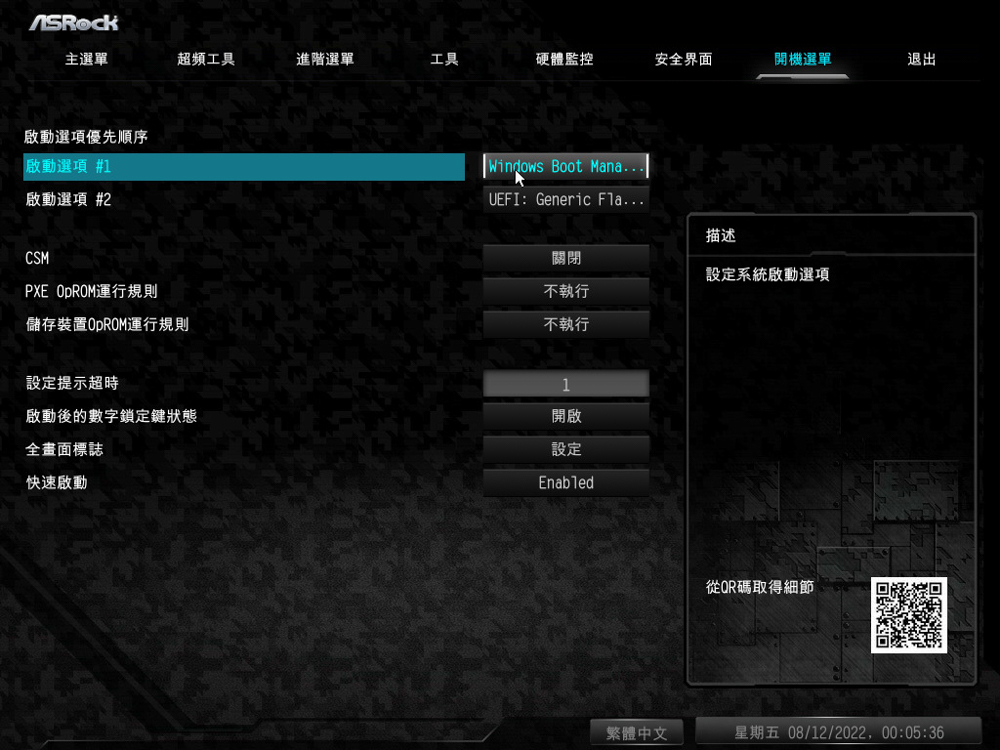
ASRock PolyChrome RGB Lighting Control/Dragon 2.5G LAN Tool Software
In the past, after assembling a new machine, it was necessary to download various software and drivers one by one in order to make the desktop run normally and perform as it should, and ASRock is very The Auto Driver Installer function has been introduced intimately. After the first boot into the system desktop, an update prompt will pop up.
Users can update and download all the required drivers at one time through the Auto Driver Installer software, which reduces the troublesome process of searching and downloading one by one, and can select which drivers to update. After the download and update is completed, the Auto Driver Installer The software will self-remove and will not continue to occupy the system.

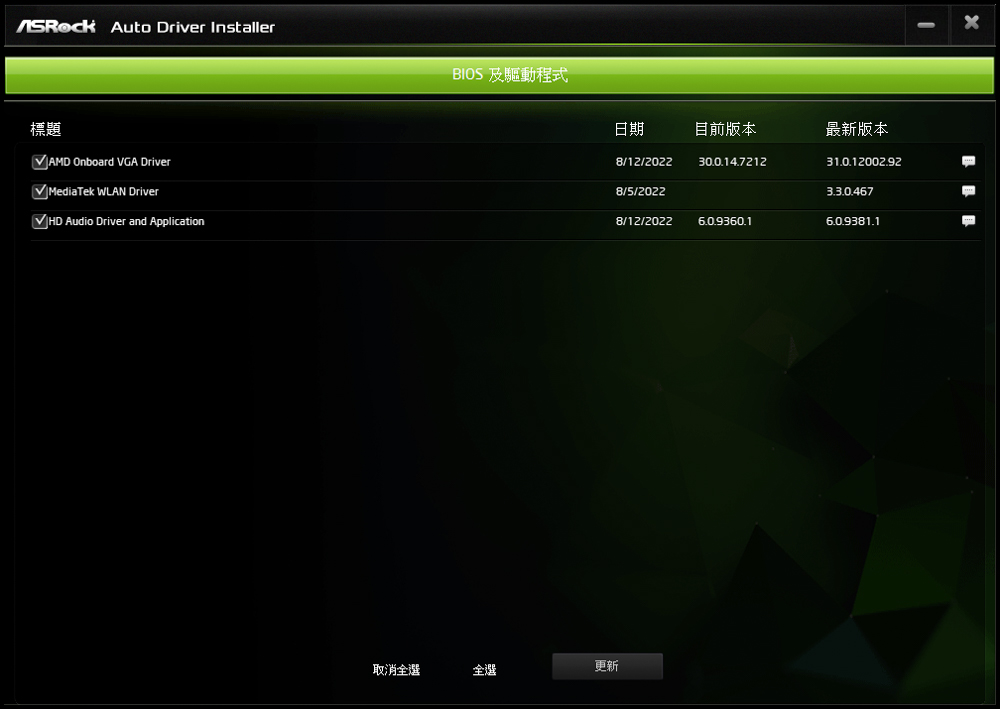
X670E Steel Legend has two Ethernet LAN ports, one 2.5G and one 1G LAN port, and the 2.5G Gigabit Ethernet card supports Dragon LAN network tool software, which can arrange four automatic, game, streaming, browser four In this mode, users can not only customize the priority of using the network, but also block some unnecessary programs from using the network, so as to have a better user experience.
The information option can display the current hardware configuration of the desktop and the current usage of the LAN port, and the advanced alert system can be embedded in the server URL to track the network latency. The network usage is linear. The graph shows the current network usage real-time traffic.
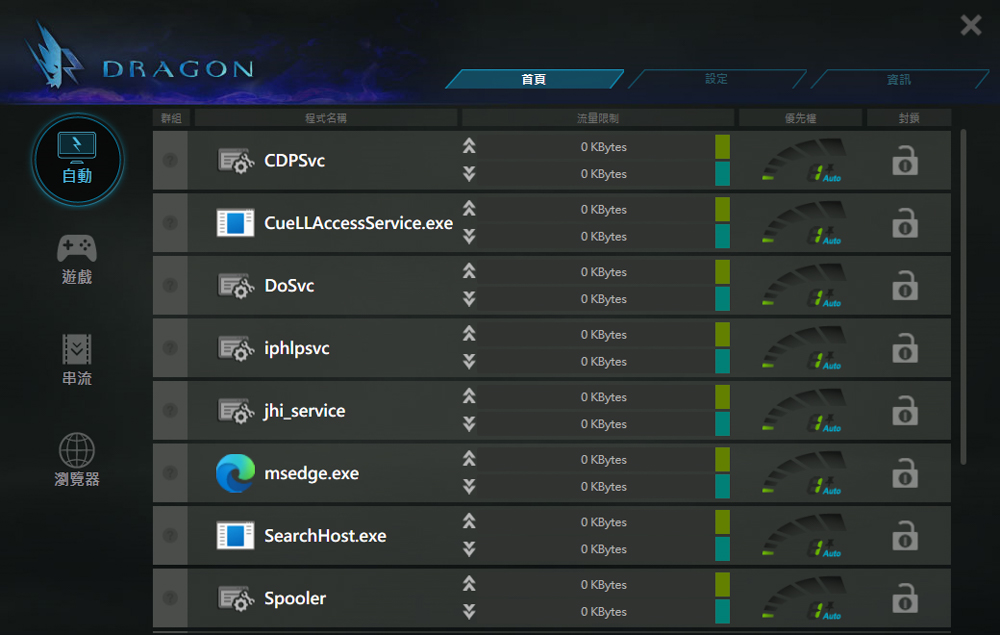
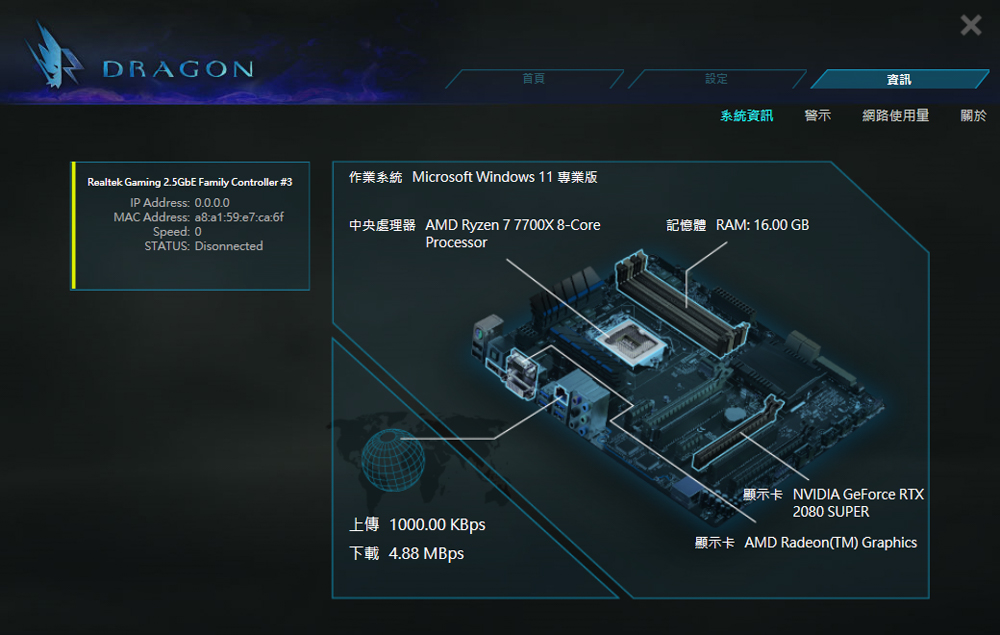

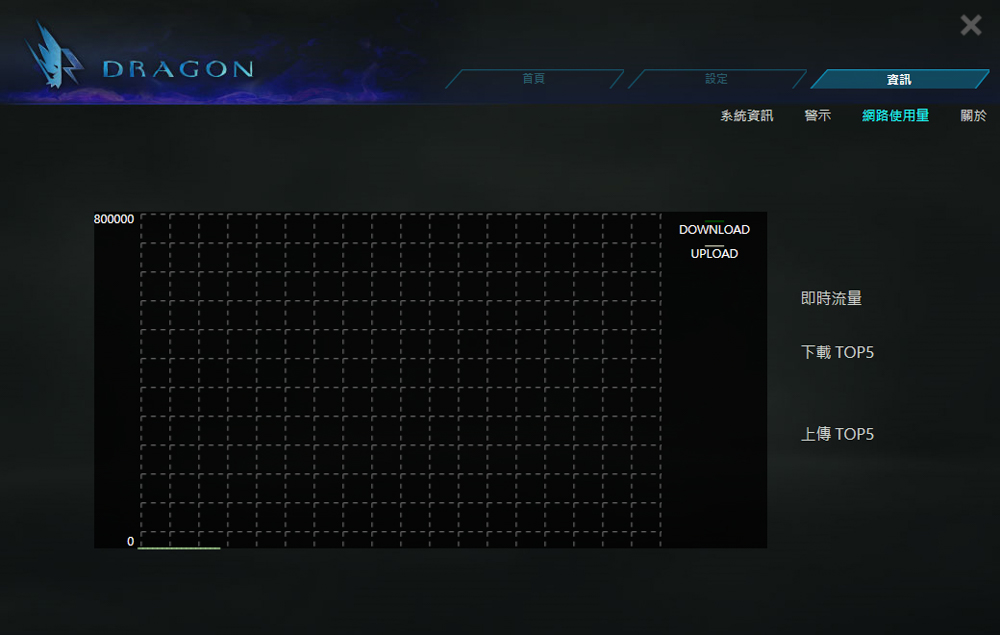
The X670E Steel Legend can use its own lighting control software to customize the lighting effects. Players can control and set the lighting effects of each RGB and ARGB slot through various options in the PolyChrome RGB software. The X670E Steel Legend itself has its own RGB lighting The block is located under the PCH in the lower right corner of the motherboard and the bottom of the SSD heat dissipation armor. The word “Steel Legend” on the PCH heat dissipation armor, with a hollow design lighting effect, will also be displayed here.
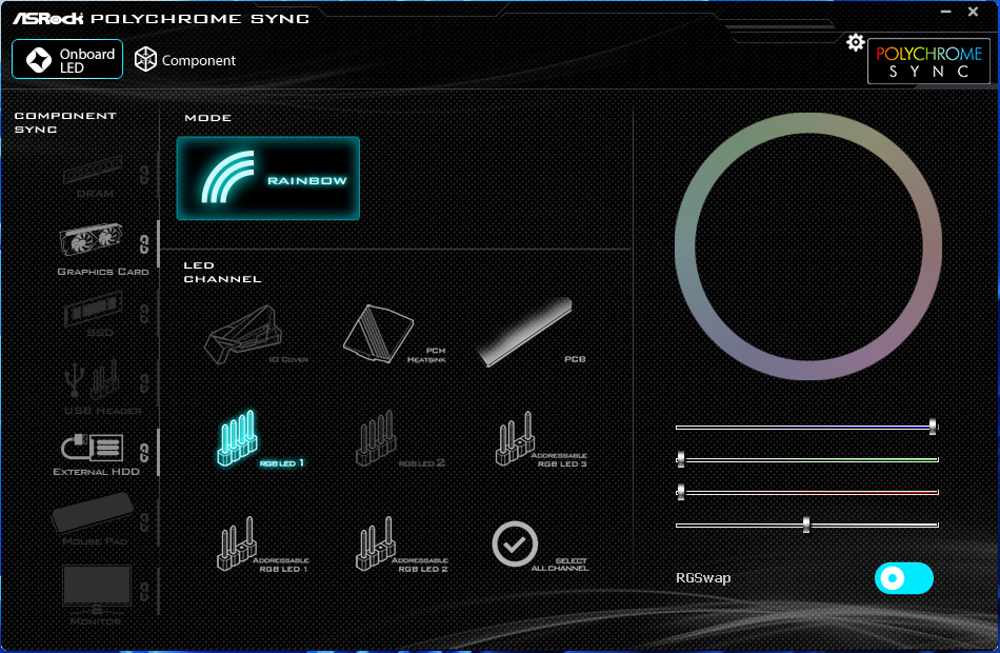
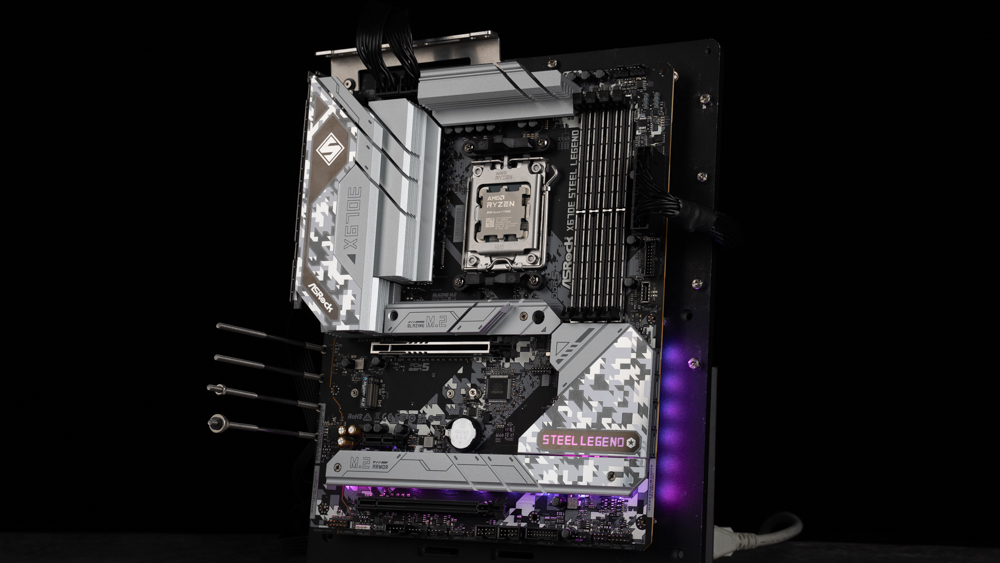
ASRocks X670E Steel Legend motherboard performance test
This motherboard performance test uses ASRocks X670E Steel Legend with an 8-core 16-thread AMD Ryzen7 7700X processor, and the memory uses T-Force VULCAN Vulcan DDR5 5600 CL40 8GBx2 For the dual-channel memory set, during the testing process of building the test platform, except for the EXPO 5600Mhz 40-40-40-84 1.2v setting file, the rest of the memory uses the default file and the processor uses the automatic PBO mode.
Test Platform
Processor: AMD Ryzen7 7700X
Motherboard: ASRocks X670E Steel Legend
Cooler: Fractal Design Celsius+ S36 Prisma
Memory: T-Force VULCAN DDR5 8GBx2 5600Mhz CL40
Graphics Card: NVIDIA GeForce RTX 2080 Super
Operating System: Windows 11 Pro
21H2 The hardware information of the test platform, the processor AMD Ryzen7 7700X 8C 16T, codenamed Raphael uses TSMC TSMC 5nm process, the motherboard uses ASRocks X670E Steel Legend to support PCI-E 5.0 channel, and the Bios is updated to version 1.07, the memory uses DDR5 The 5600Mhz CL40 dual-channel has a total capacity of 16GB, and ran the CPU-Z built-in test at the same time. The CPU scored 763.9 points for single thread and 7835.9 points for multi-thread.
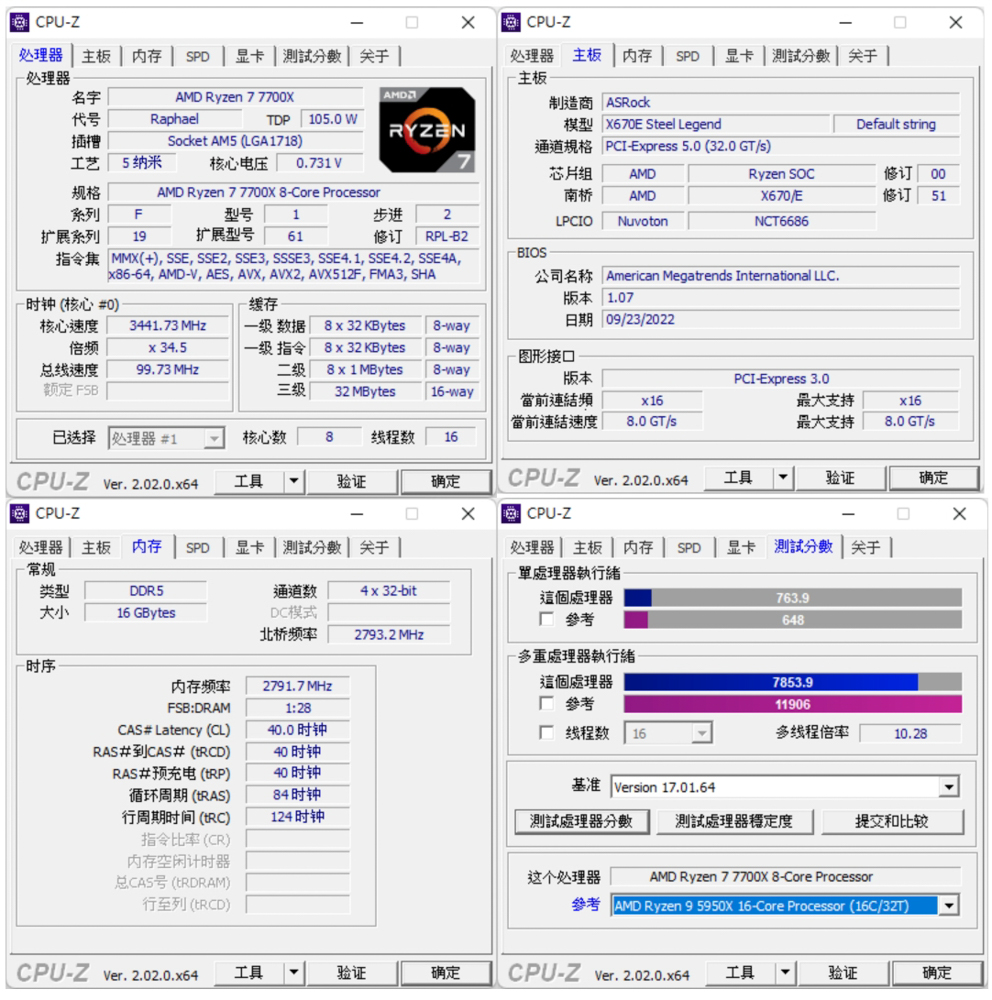
Then there are the common processor benchmarking software CINEBENCH R20 and R23, which are often used to evaluate the 3D rendering and graphics performance of the processor itself. The software was developed by MAXON based on Cinema 4D.
In the Release 20 version, the Ryzen7 7700X scored multi-core 7451pts and single-core 761pts in the test, while the new version of R23 scored 19043pts for multi-core and 1956pts for single-core.
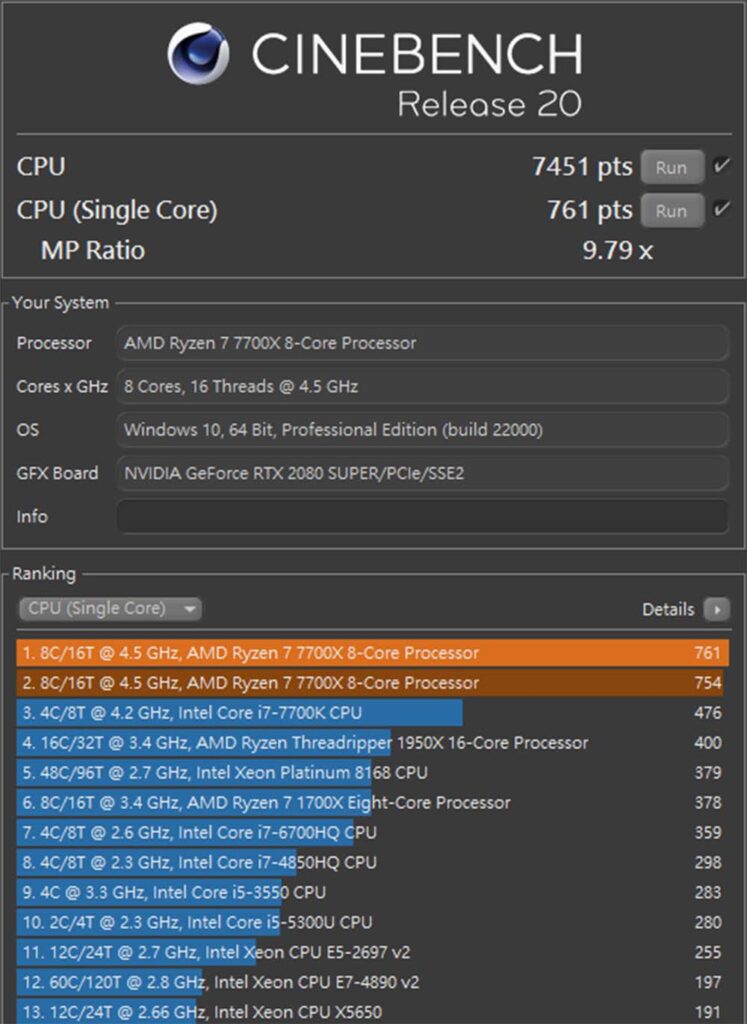
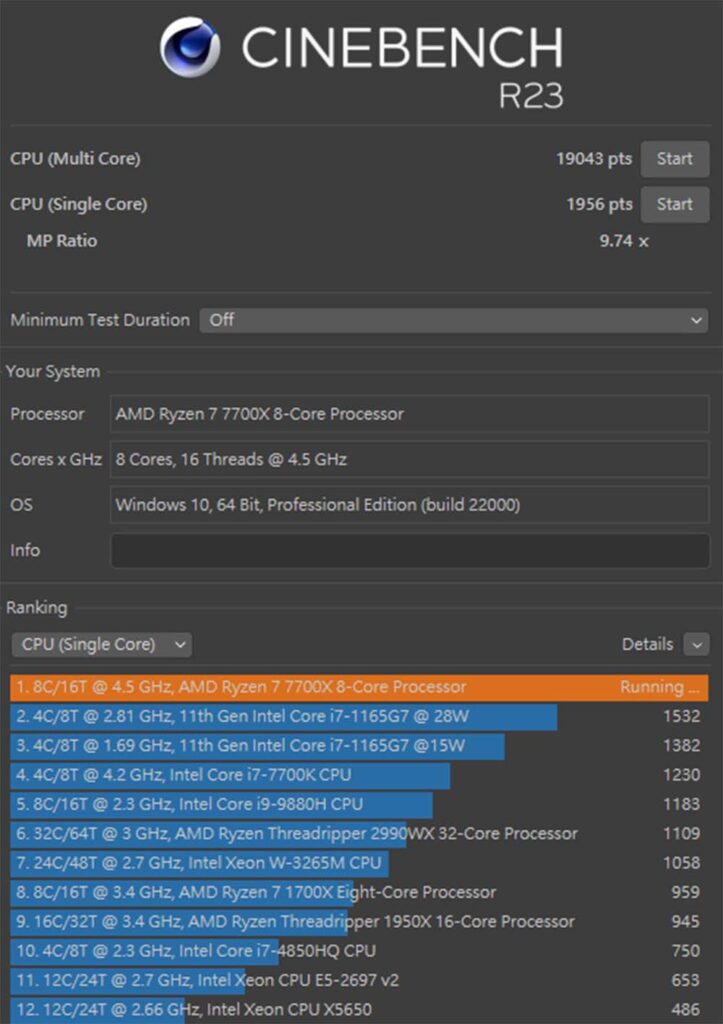
AIDA64 memory and cache test, but the current AIDA64 currently tested does not fully support the new AM5 platform, so the test data here is for reference only, this time using DDR5 5600Mhz 8Gx2 CL40 dual-channel memory to open the EXPO profile to test, read The speed was 58703 MB/s, the write speed was 59508 MB/s, the copy speed was 57123 MB/s, and the latency was 74.9 ns.
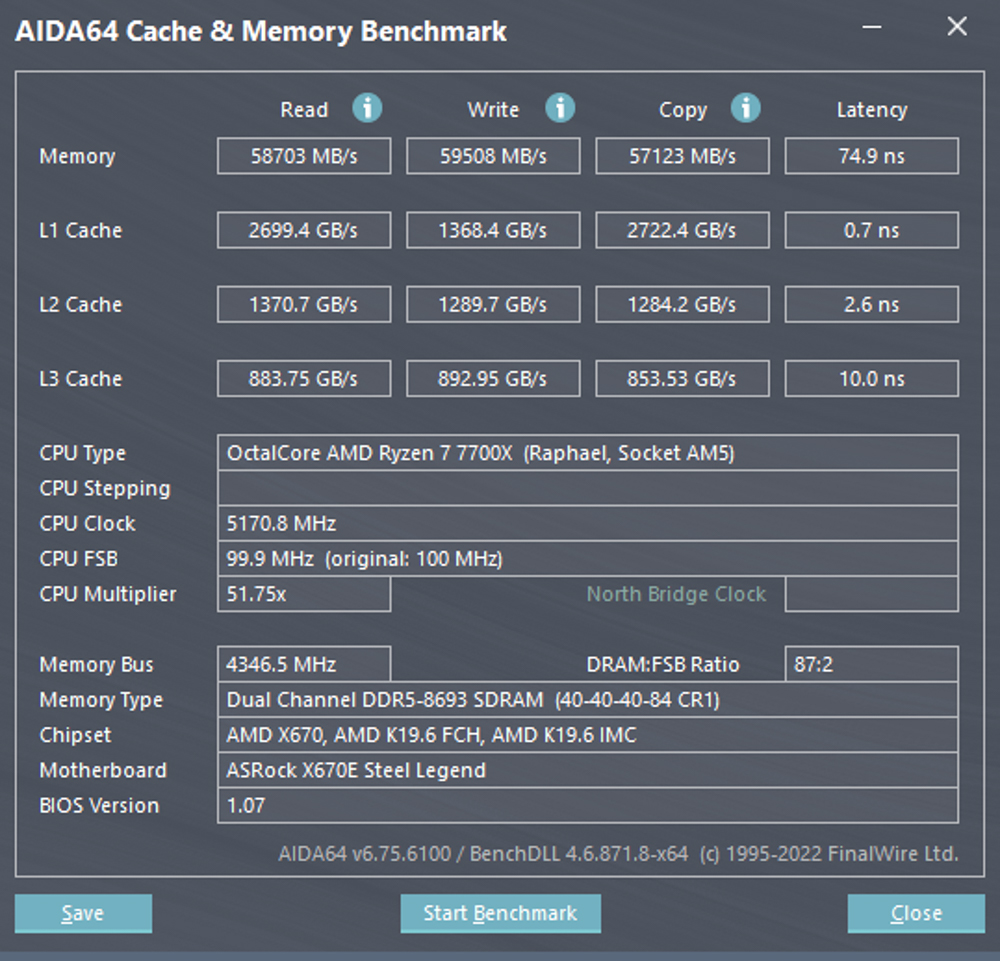
3D Mark CPU Profile This test will test the performance of MAX, 16, 8, 4, 2, and 1 threads respectively, and the performance of more than 16 threads is more used for 3D rendering or professional video and audio work. At present, the mainstream Most of the DX12 game performance can refer to the score of 8 threads, and the scores of 4 and 2 threads are related to old games developed with DX9.
The maximum thread score of the Ryzen7 7700X is 9055 points, while the 8 threads and 4 threads that mainstream gamers need to pay attention to are 5481 and 3176 points, respectively.
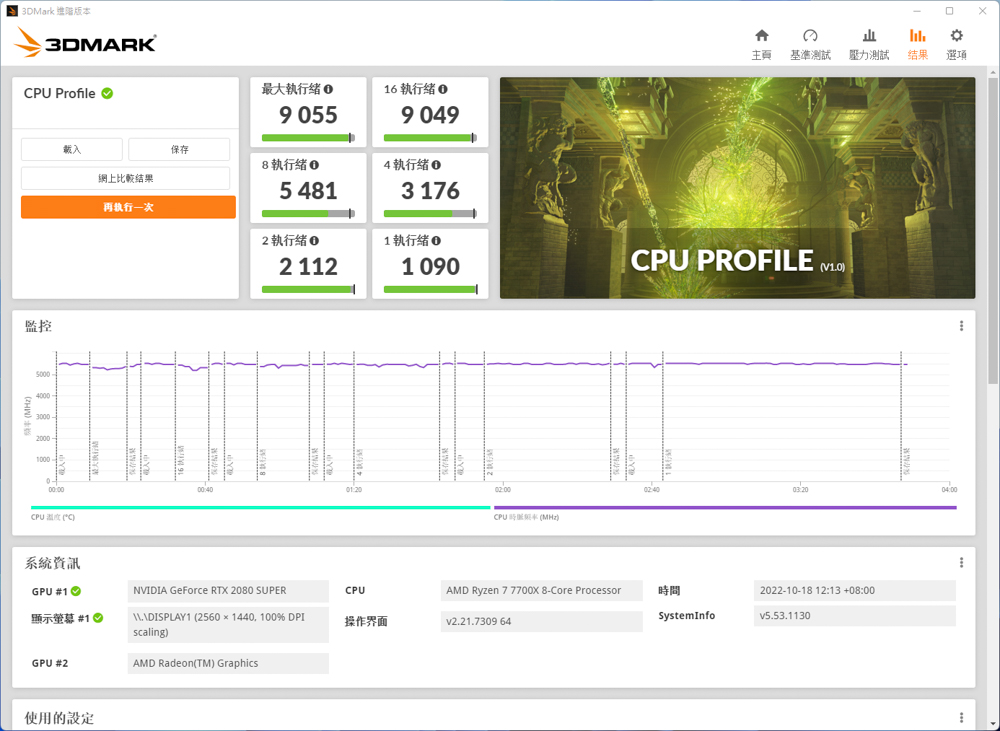
In addition, the author also used 3D Mark Time Spy and 3D Mark Fire Strike, which are commonly used in game performance simulation tests, with NVIDIA RTX 2080 Super graphics card for testing. In Fire Strike, which simulates 1080p quality DX11 situational game simulation tests, I got 35470, while Time Spy, which simulates the DX12 situational game simulation test in 1440p quality, achieved a CPU score of 13423.
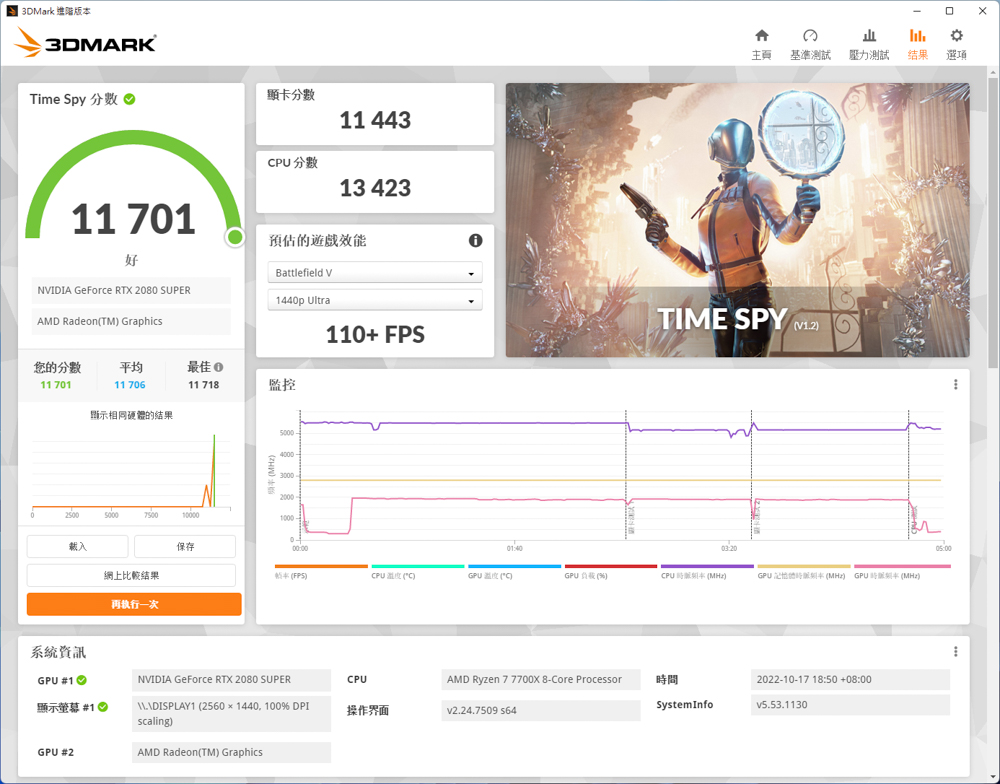
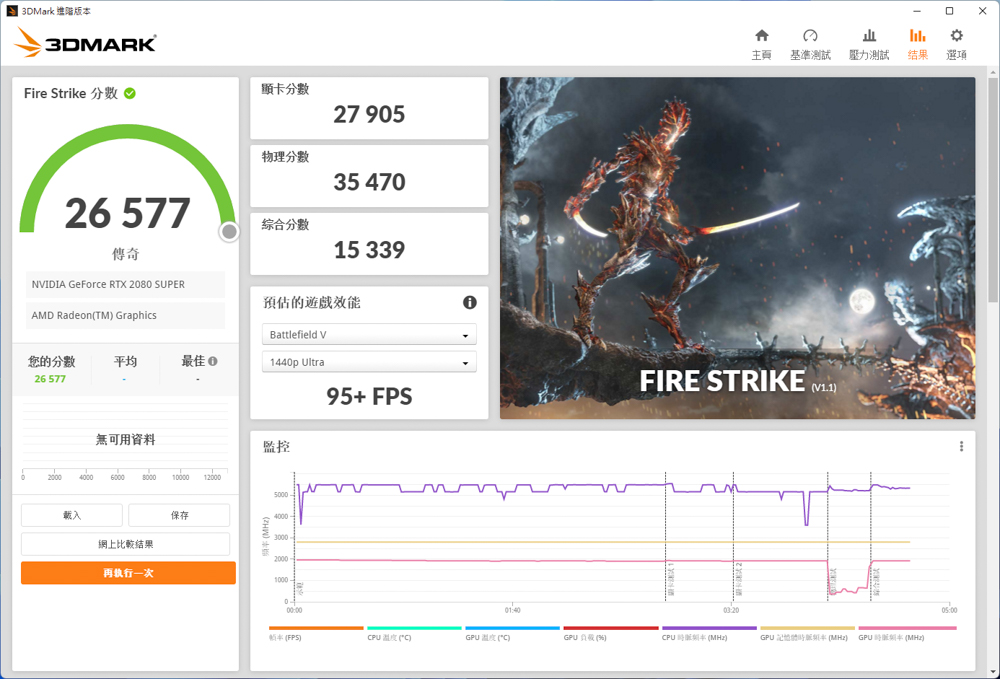
The V-Ray 5 Benchmark has three different test scenarios, and the V-Ray project is tested for processor rendering performance. The 7700X test platform scored 14,631 points on the test.
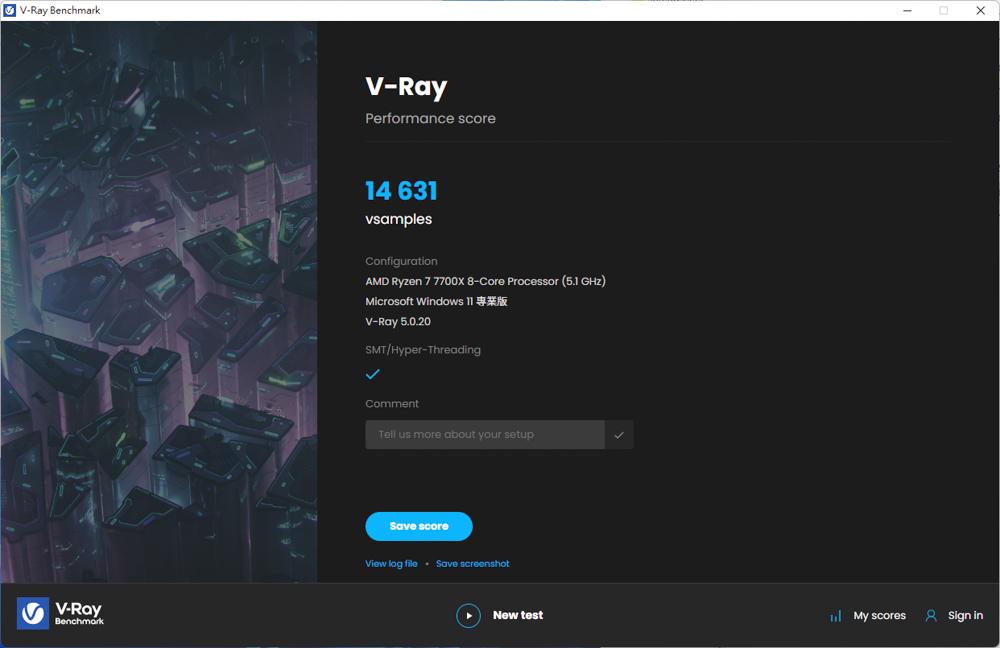
CrossMark has a total of 25 items, including work simulation load tests such as productivity, creative content work, and system responsiveness. The following three scores have different scoring standards and usage scenarios. Productivity includes document editing, and spreadsheets, For web browsing, the second item, Creativity, includes photo editing, photo organization, and video editing. The last item, Responsiveness, includes situations such as opening files, file response speed, and multitasking.
Scored 2010 overall, 1905 productivity, 2225 creativity, and 1738 responsiveness on the CrossMark test.
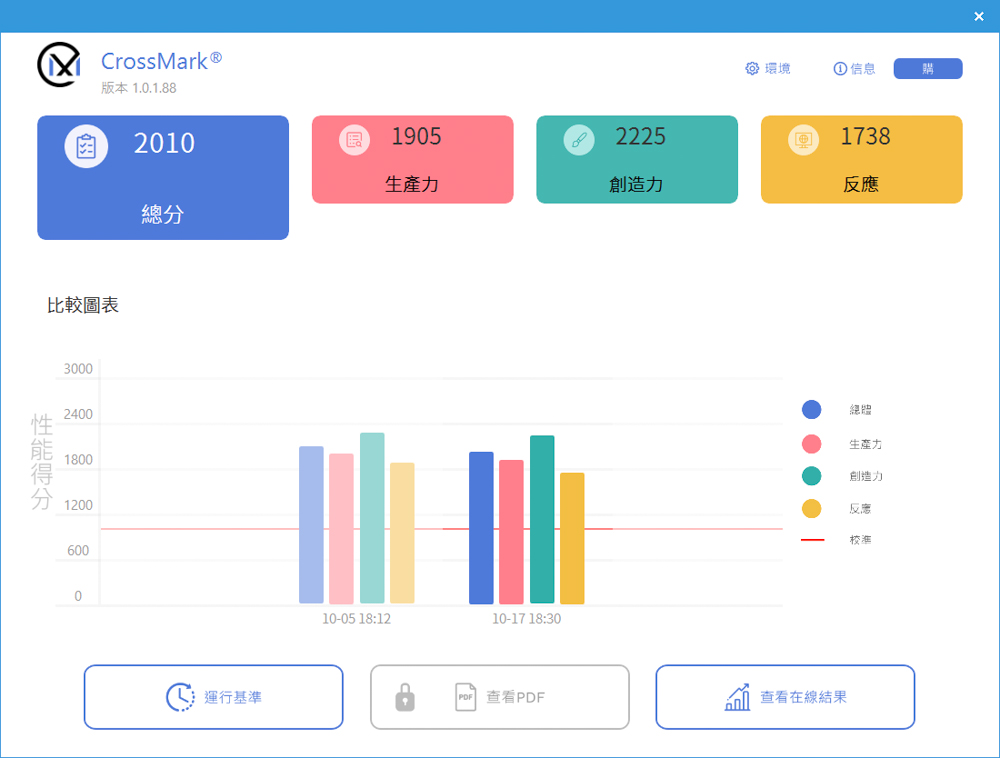
PCMark 10 also simulates the test situation to obtain the overall performance of the computer. The common basic function items include application startup, web browsing and video conference testing. The productivity item simulates the writing of document files and spreadsheets. Content creation includes professional tests such as photo editing, video editing, and rendering.
Commonly used basic functions in this test have 11889 points, productivity 11994 points, and video content creation 13476 points.
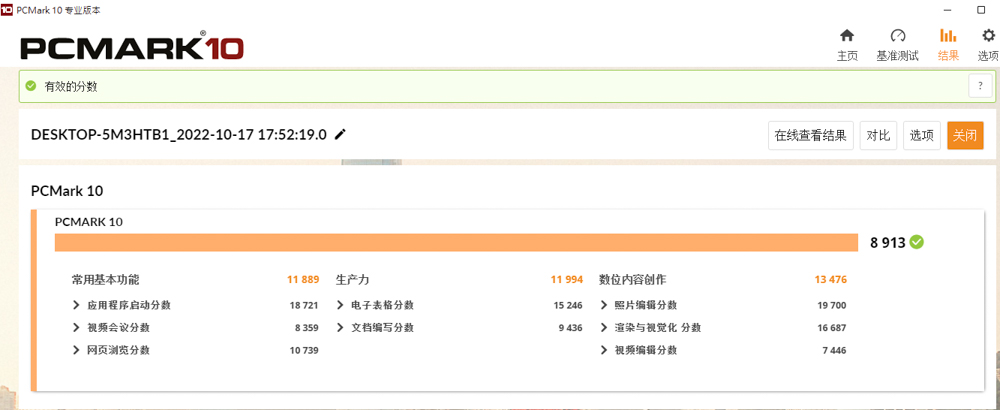
ASRock Blazing OC Tuner operation performance test, single-core/multi-core performance I want all!
In the past, in the AM4 platform, in the BIOS overclocking settings, we could only choose PBO/PBO 2 or all-core fixed frequency overclocking methods. PBO/PBO 2 mode has good single-core or a few core performances, but multi-core performances. However, it is not as good as the all-core fixed frequency setting. Although the all-core fixed frequency has advantages in multi-core application scenarios such as rendering, the performance of using a few core applications is not as good as the PBO/PBO 2 mode. In the past, we could only use the first mode. Three-party software to switch settings, or use one of the two settings.
ASRock has launched the Blazing OC Tuner, so that players don’t have to choose one mode to use, or use the unstable third-party software, but use the motherboard’s own software to ensure that players can use a stable and convenient one. software! After the Blazing OC Tuner has set the values in the two modes, it will judge the current usage situation according to the current reported by the VRM, and use the set current value and the upper-temperature limit as the reference value to infer the usage situation and automatically switch between PBO or full. The fixed frequency (Fixed All Core OC) mode, but currently this software only supports the use of ASRock’s AM5 platform, and we look forward to having the opportunity to release it to the AM4 platform for use in the future.
The first step is to restore the default state of the advanced Bios, and then enter the system and open the System Info option in “Blazing OC Tuner”, and open the CINEBENCH R23 software, execute the single-core CPU (Single Core) test, and observe during the test. The maximum current value of “Current” in the System Info item, 7700X observed a maximum of 41.5A during the test.
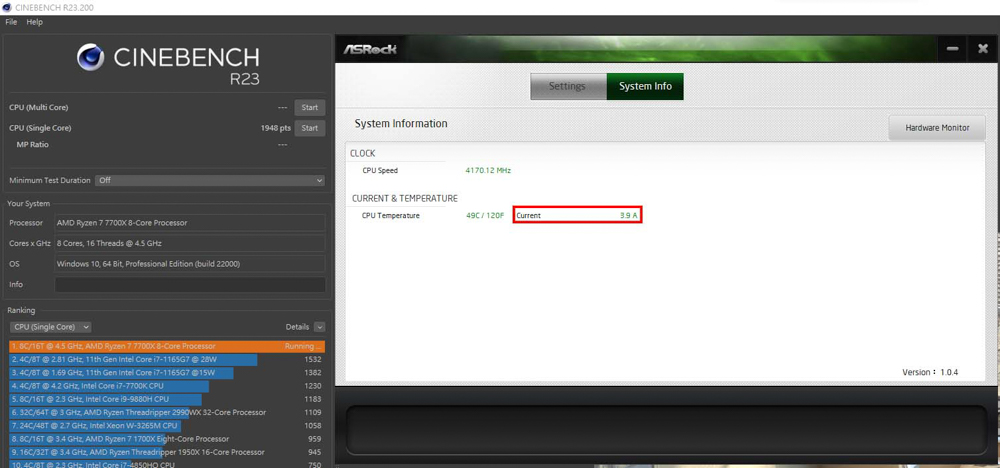
The second step is to find the sweet spot value that is most suitable for your platform. The author does not change the preset 1.2V voltage as the premise, and uses the R23 CPU (Multi Core) multi-core and single-core tests to observe the score and temperature, and find the best temperature and performance. The suitable full-core fixed frequency parameter is 5.2Ghz 1.2V, and input this value and the maximum current value just observed. In the “Blazing OC Tuner” field in the “Settings” item, fill in the CPU frequency 5200 Mhz, The CPU core voltage is set to 1.2V, and the current threshold as the reference point for judgment is set to 50A. Although the 41.5A just recorded is the reference point, a slightly conservative setting of 50A is set as the current threshold, and the upper temperature limit is set as 97°C.
Therefore, on this platform, the author sets the current returned by the VRM to exceed 50A, and if the temperature does not exceed 97°C, the parameters set in the Blazing OC Tuner will operate in the mode of full-core fixed frequency 5.2Ghz 1.2V, while the platform As long as the current returned by the VRM is lower than 50A, or the temperature exceeds 97°C, it will automatically switch the operating state to PBO mode operation, which enables the entire platform to have both single-core and multi-core performance, whether it is playing games. Or rendering and creation can take into account two completely different usage modes.
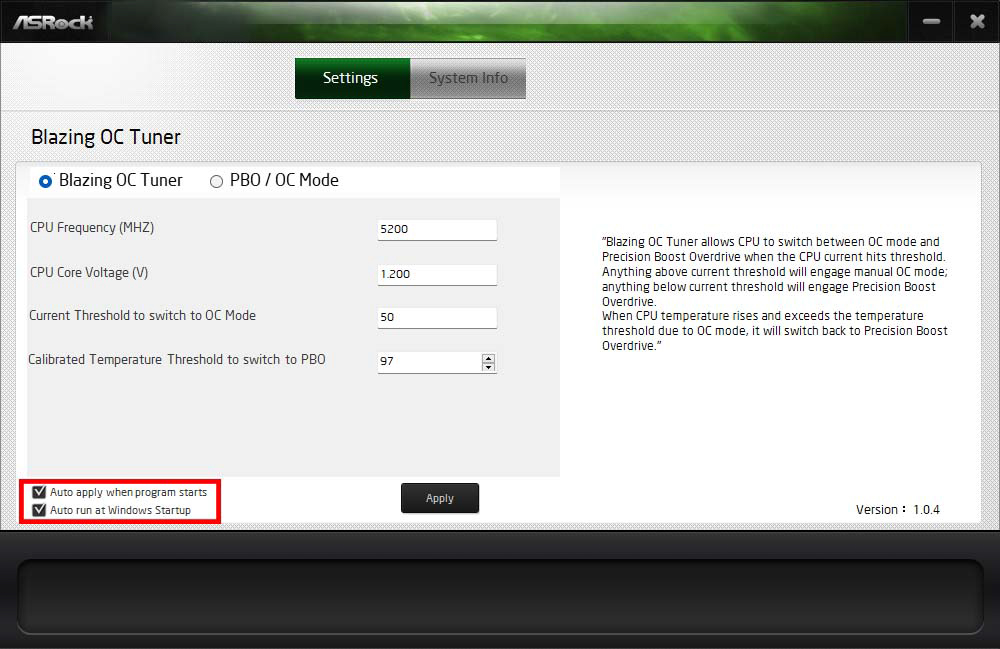
Fill in the settings and use the CINEBENCH R23 software test item to compare the scores of the three modes of automatic PBO, full core fixed frequency, and Blazing OC Tuner. You can see that PBO and all core fixed frequency modes have their own advantages, but They also have their own shortcomings, and using the Blazing OC Tuner mode after setting, both single-core and multi-core have good scores.
After using Blazing OC Tuner, it is a set of all-core fixed frequency settings, and the threshold reference point can be determined by the software, which mode to run at the moment, and the overall operation can be directly used in the system. The process is convenient and fast, but at present The version of 2000 can’t directly record the maximum current value. It is necessary to observe the record through the naked eye. This process will take a lot of time, which is a pity.
In addition, in the red box mark in the lower left corner, there are two checkable options: automatically apply the design when entering the Blazing OC Tuner, and automatically operate the Blazing OC Tuner after entering the system. Players need to remember to check these two options. A function!
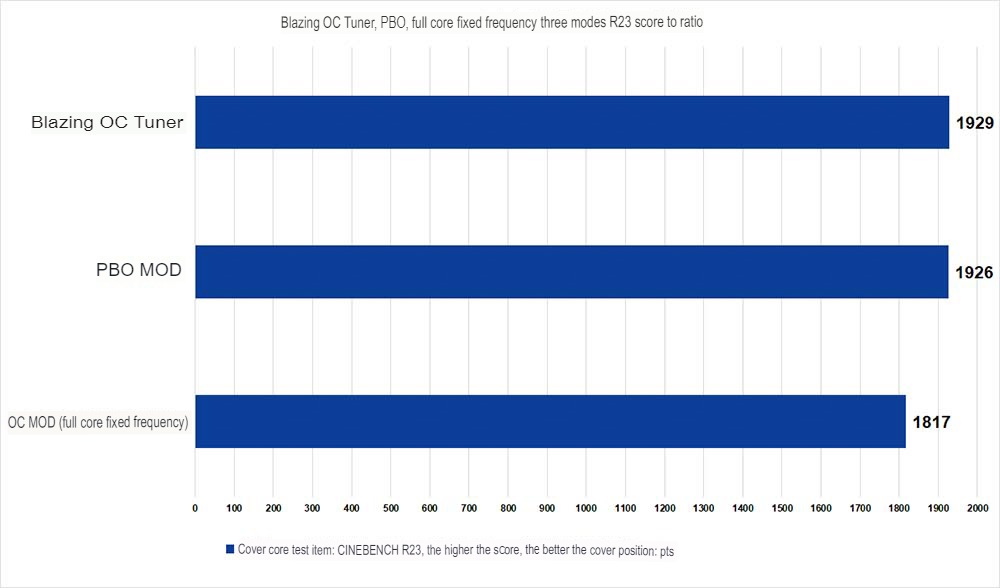
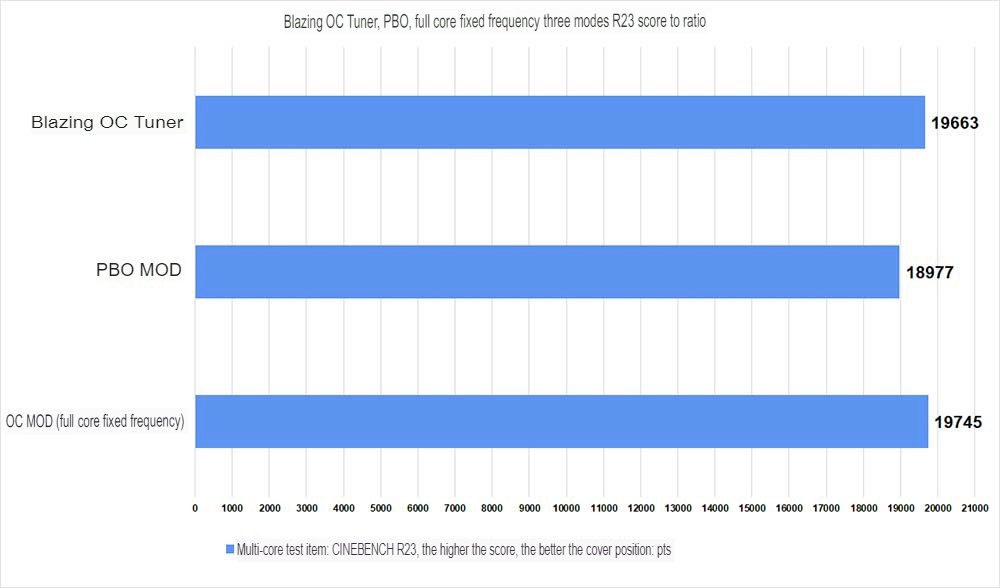
ASRock X670E Steel Legend Summary
ASRock X670E Steel Legend is a mainstream ATX size, with 16+2+1 phase 60A SPS power supply, and also provides enough expansion performance to meet the needs of players who assemble the new generation of AM5 Ryzen 7000 series desktop PCs. PCIe 5.0×16 graphics card slot and M.2 SSD PCIe Gen5x4 installation slot, in addition to three M.2 SSD PCIe Gen4x4 expansion slots, a total of four SSD installation space and four SATA3 storage expansion slots.
In addition to having quite good scalability, 2.5G+1G dual Ethernet LAN port, AMD EXPO / Intel XMP memory overclocking certification, 802.11ax Wi-Fi 6E + Bluetooth 5.2 and other functions are quite complete, ASRock X670E Steel Legend The price is 10,950 yuan, which is in line with its mainstream role in the X670E.
If this article is helpful for you, please share this article with your friends on social media. Thank you!!
This article is based on the personality of the reviews. You are responsible for fact-checking if the contents are not facts or accurate.
Title: ASRock X670E Steel Legend out-of-the-box test / 16+2+1 phase 60A power supply, DDR5, PCIe 5.0 graphics card and M.2 SSD